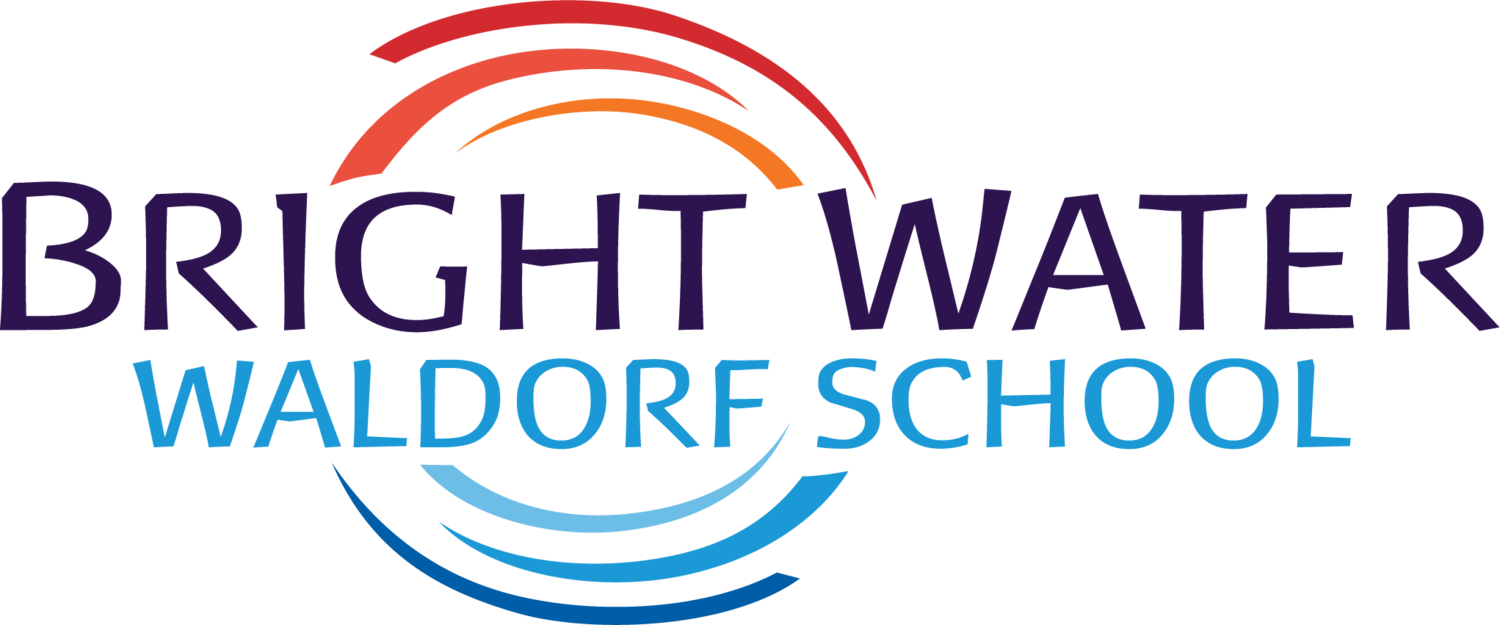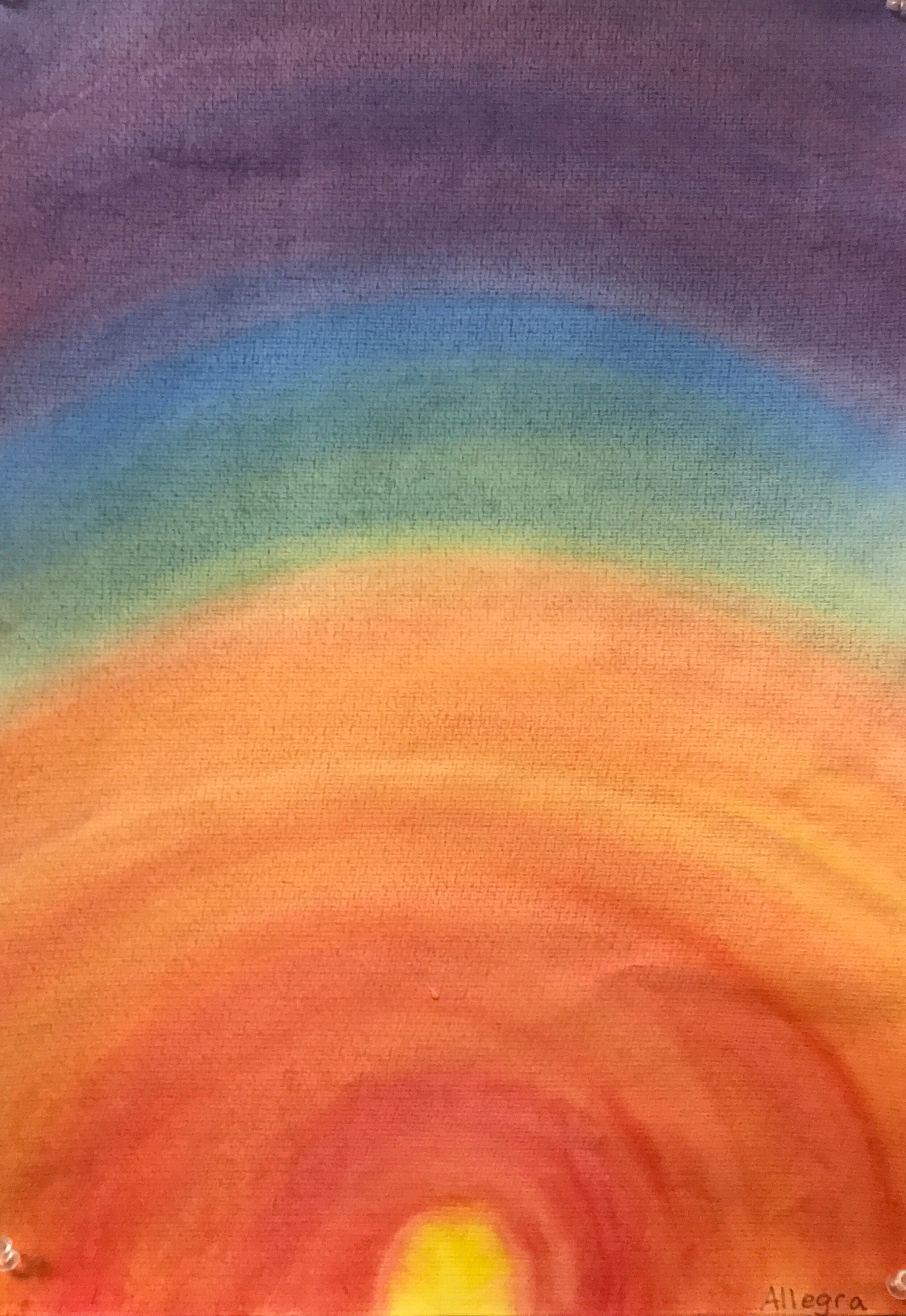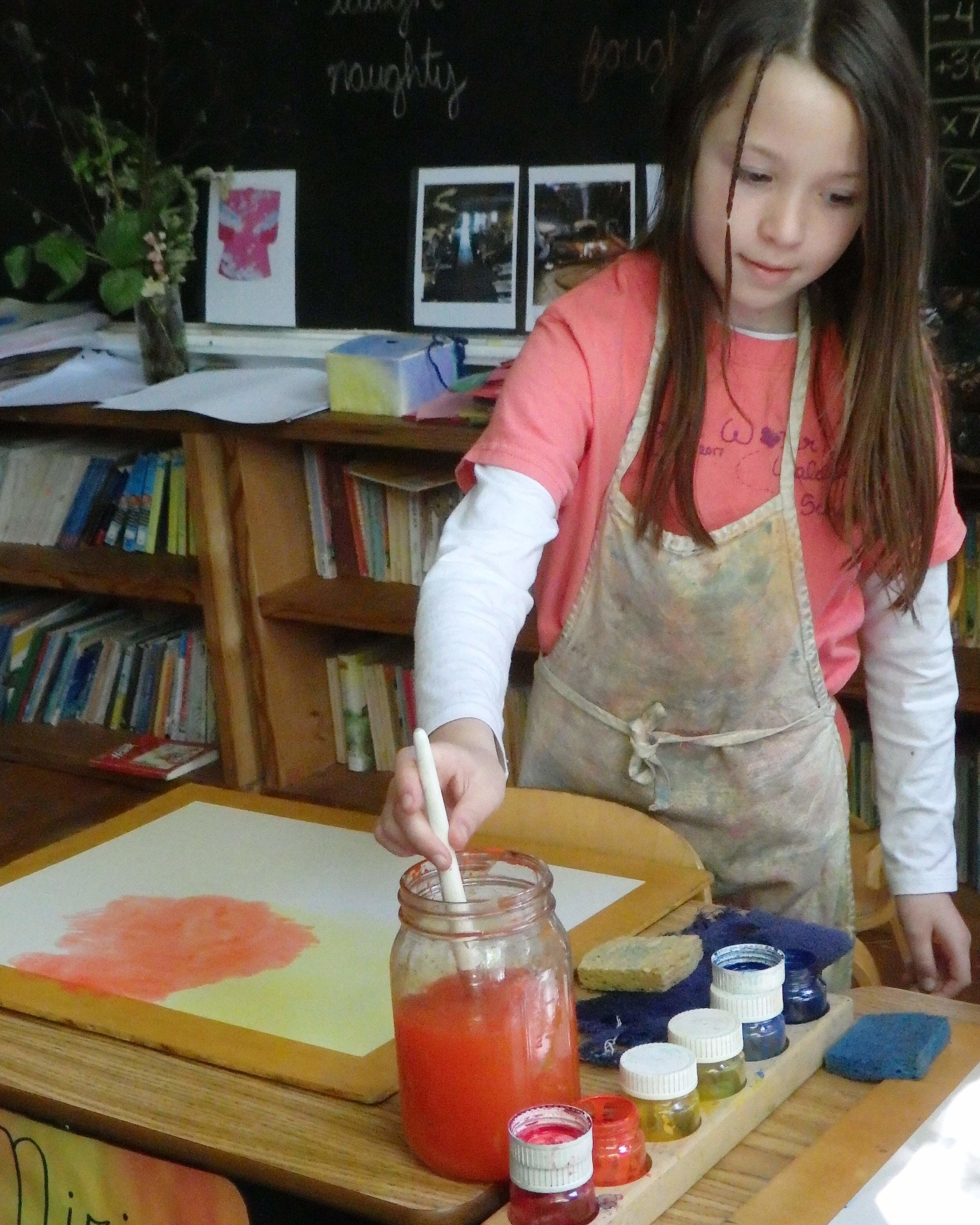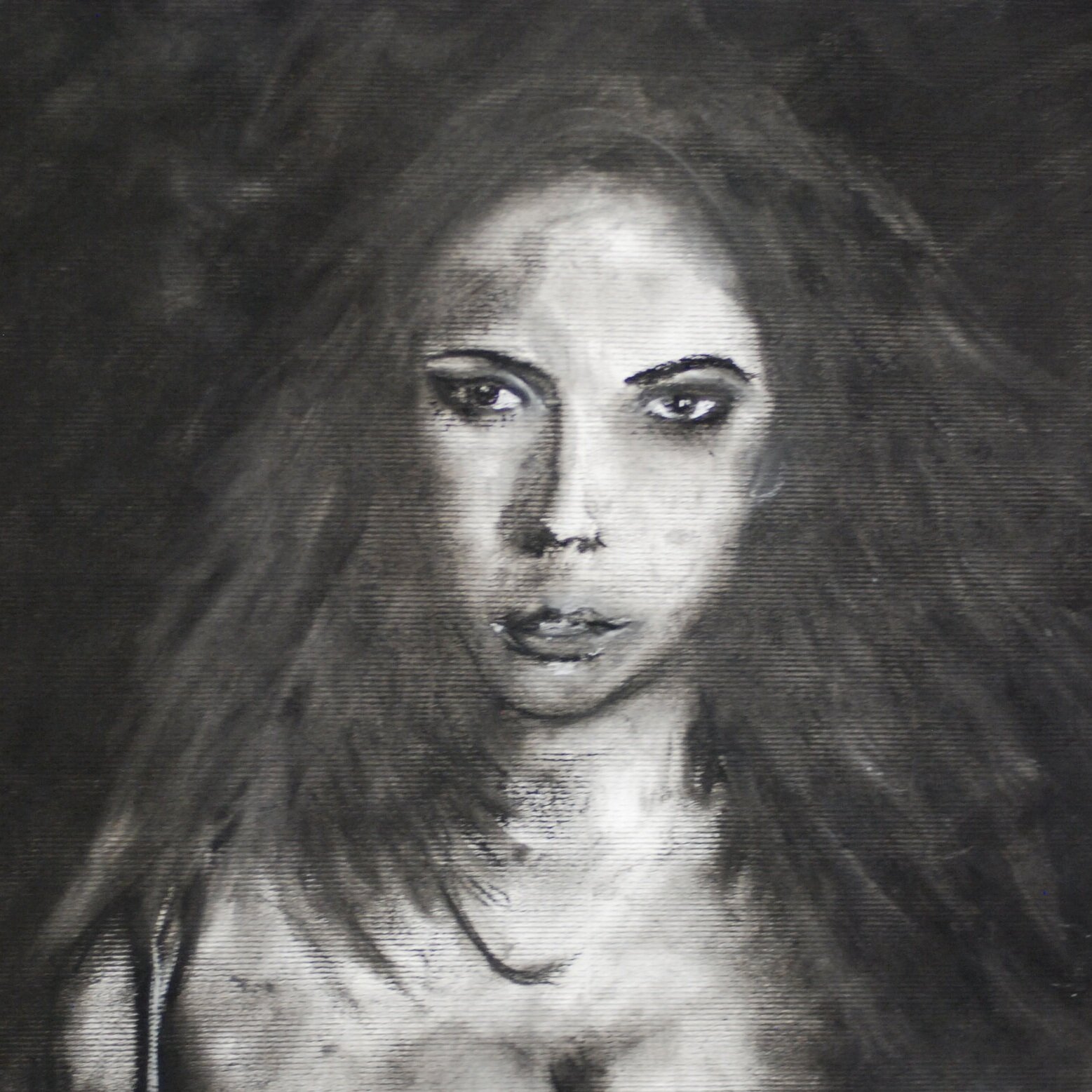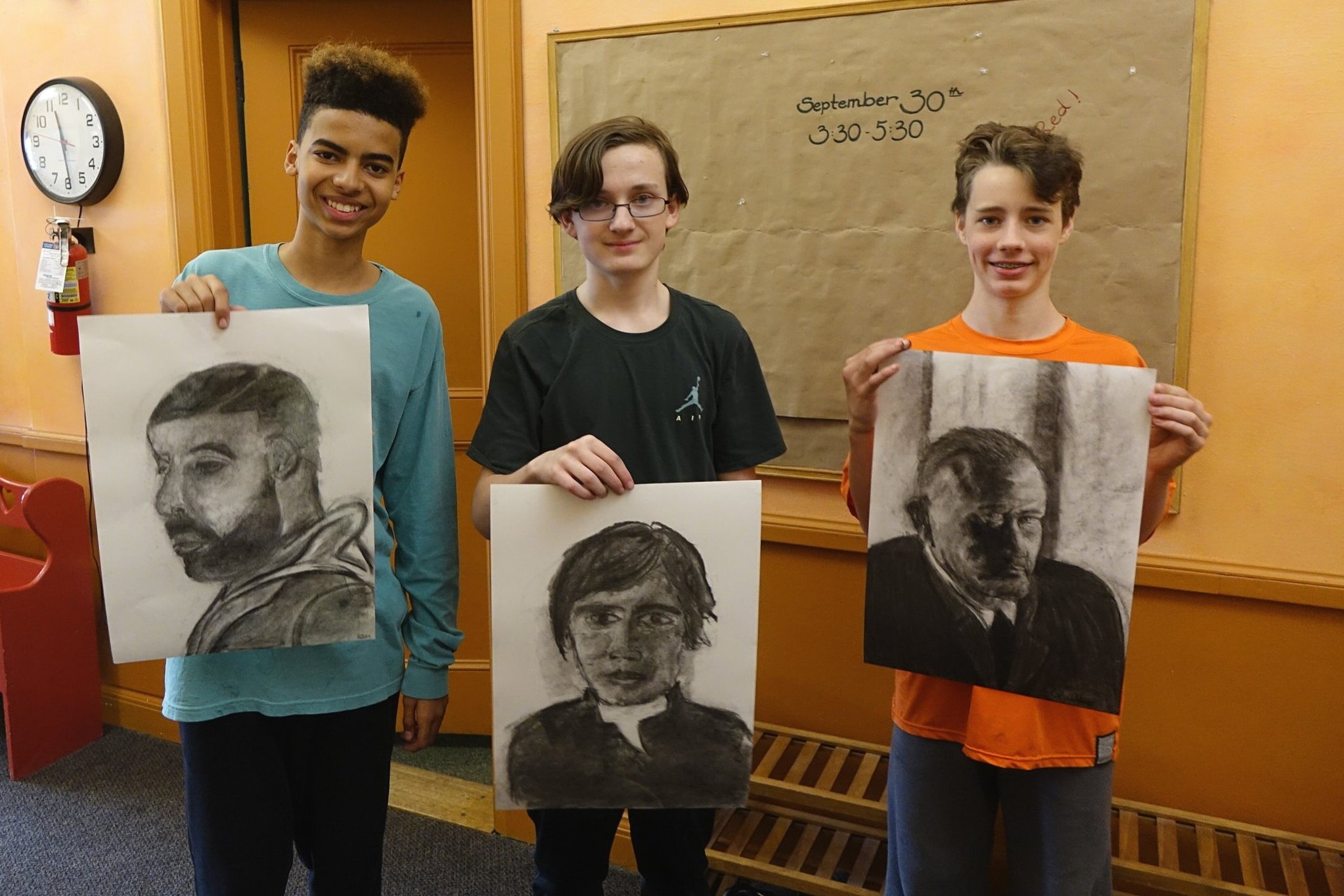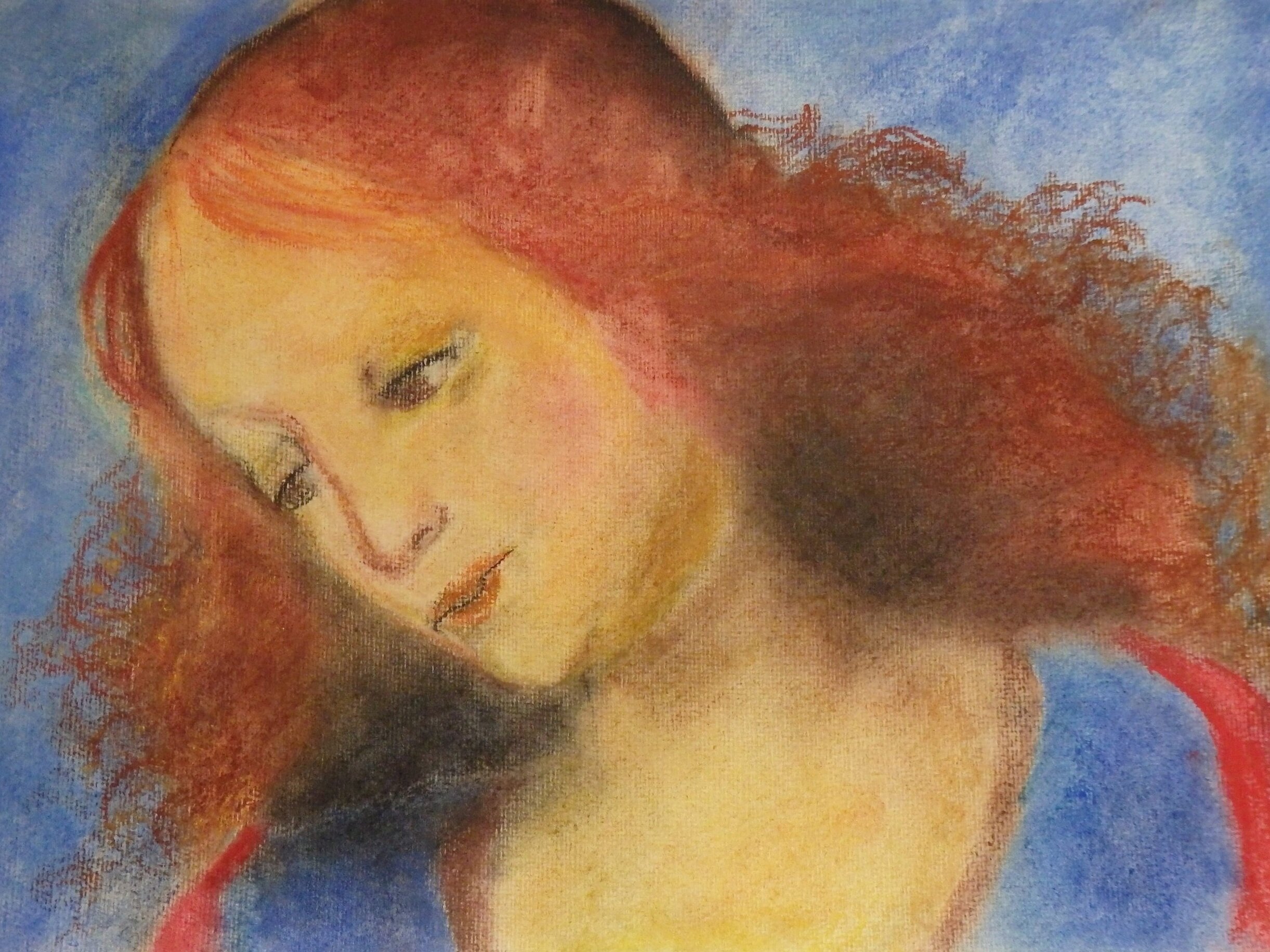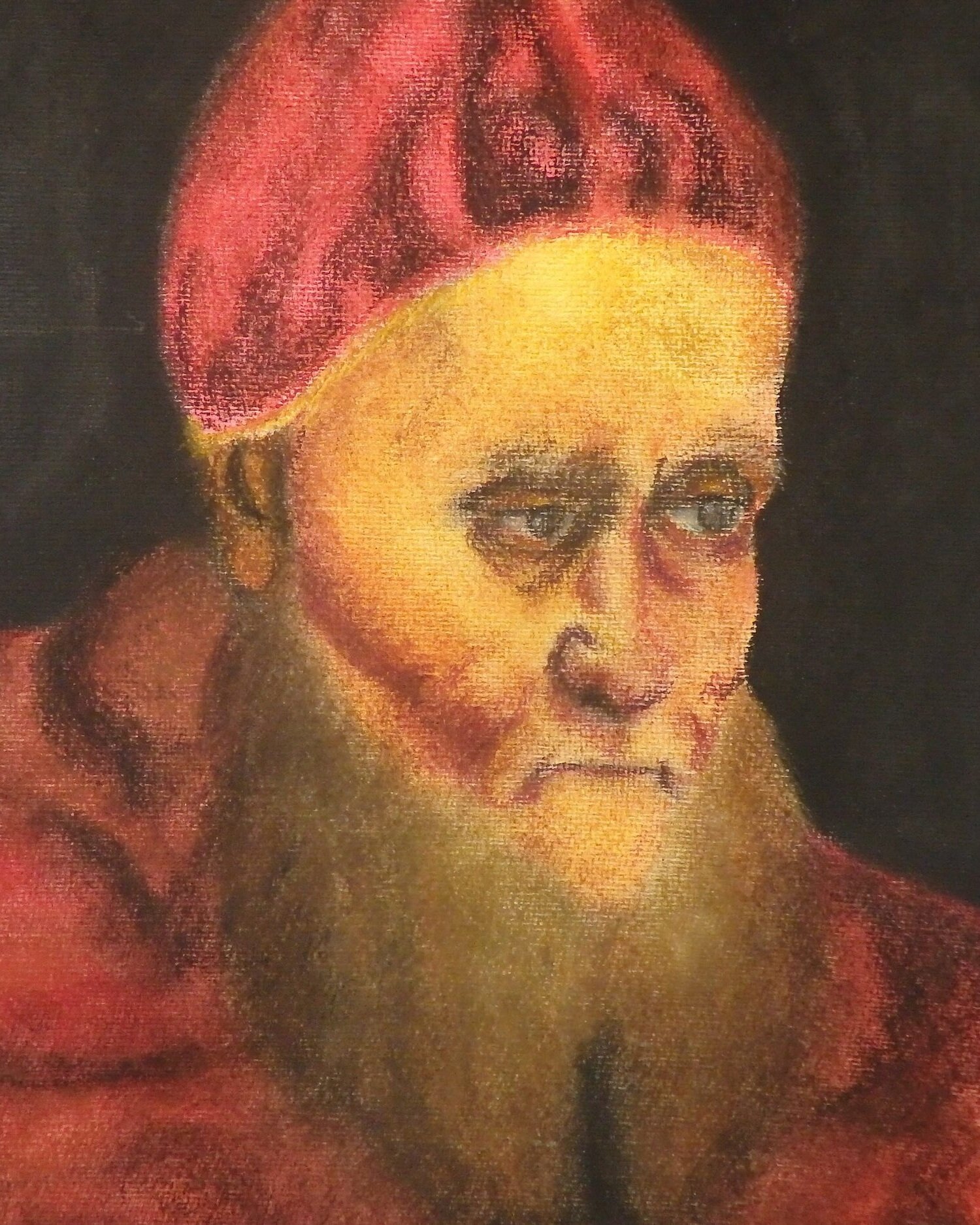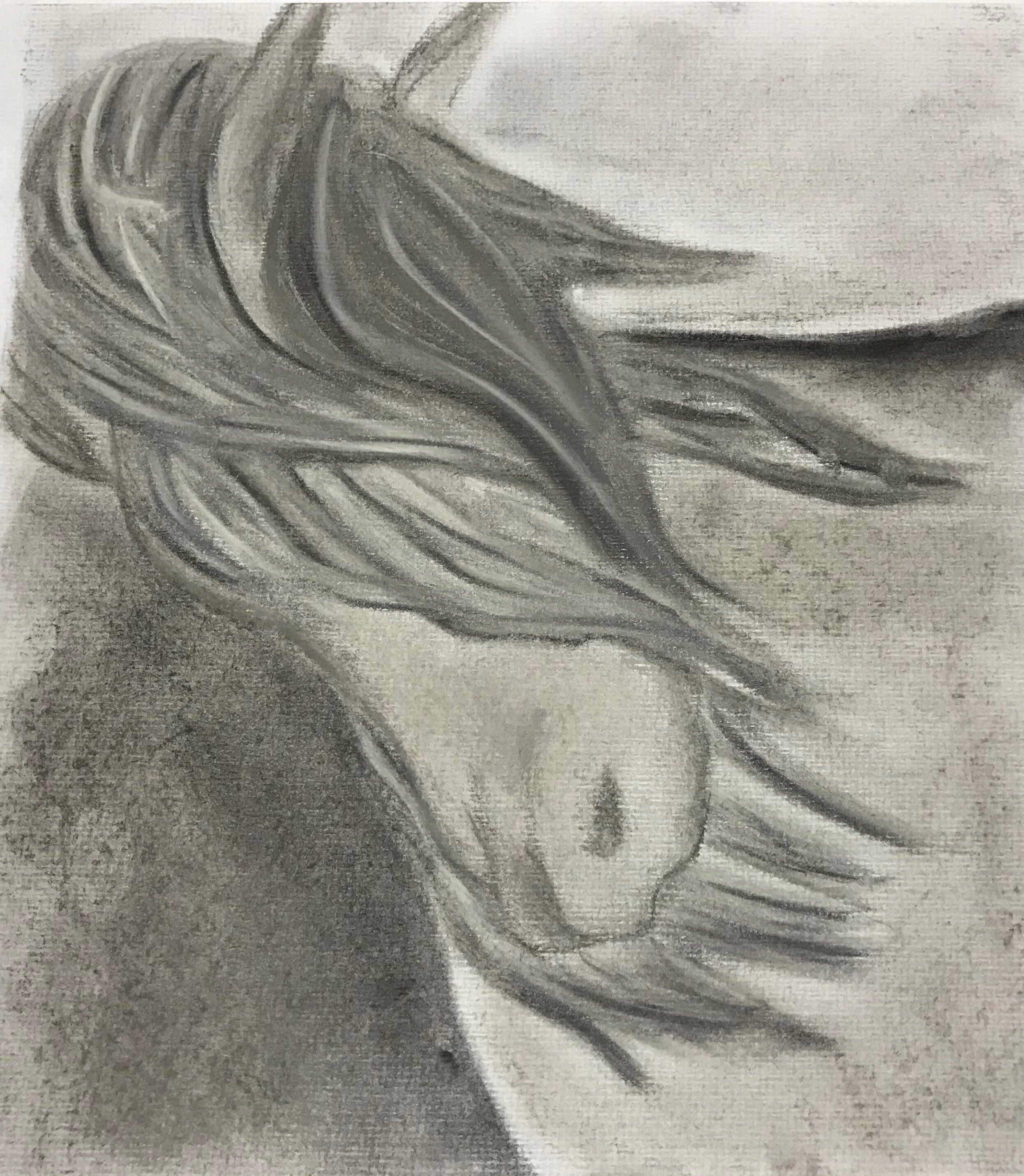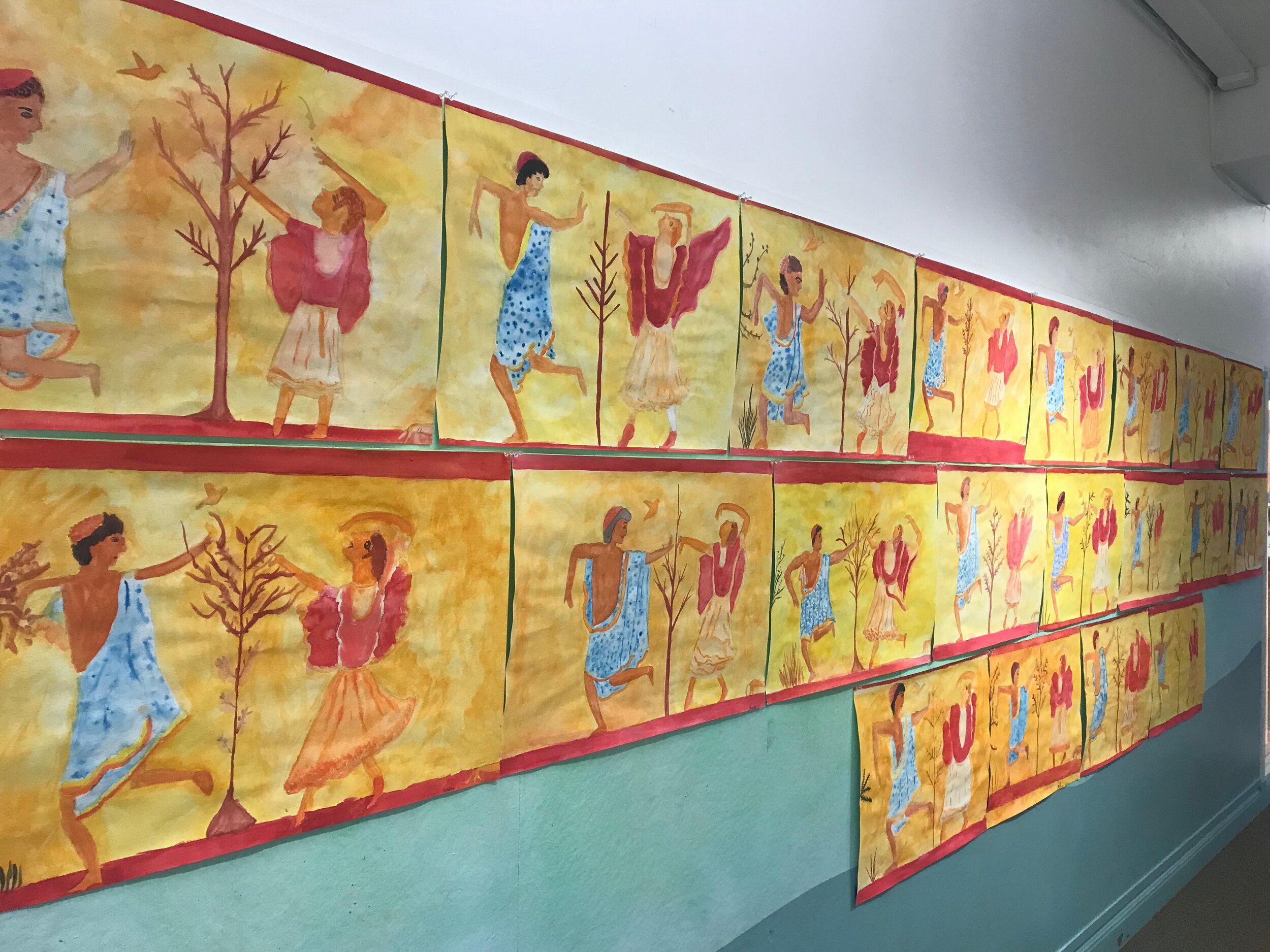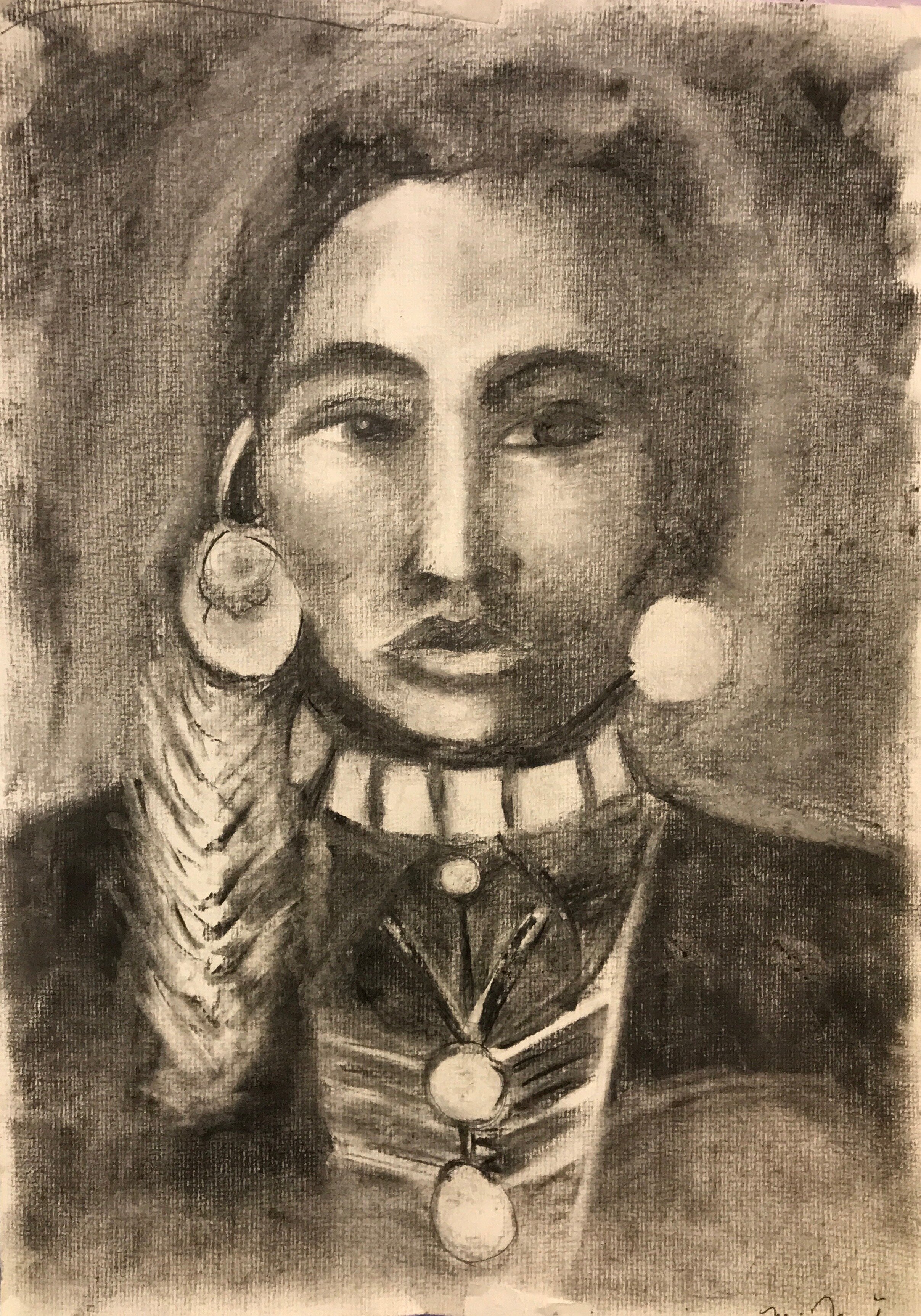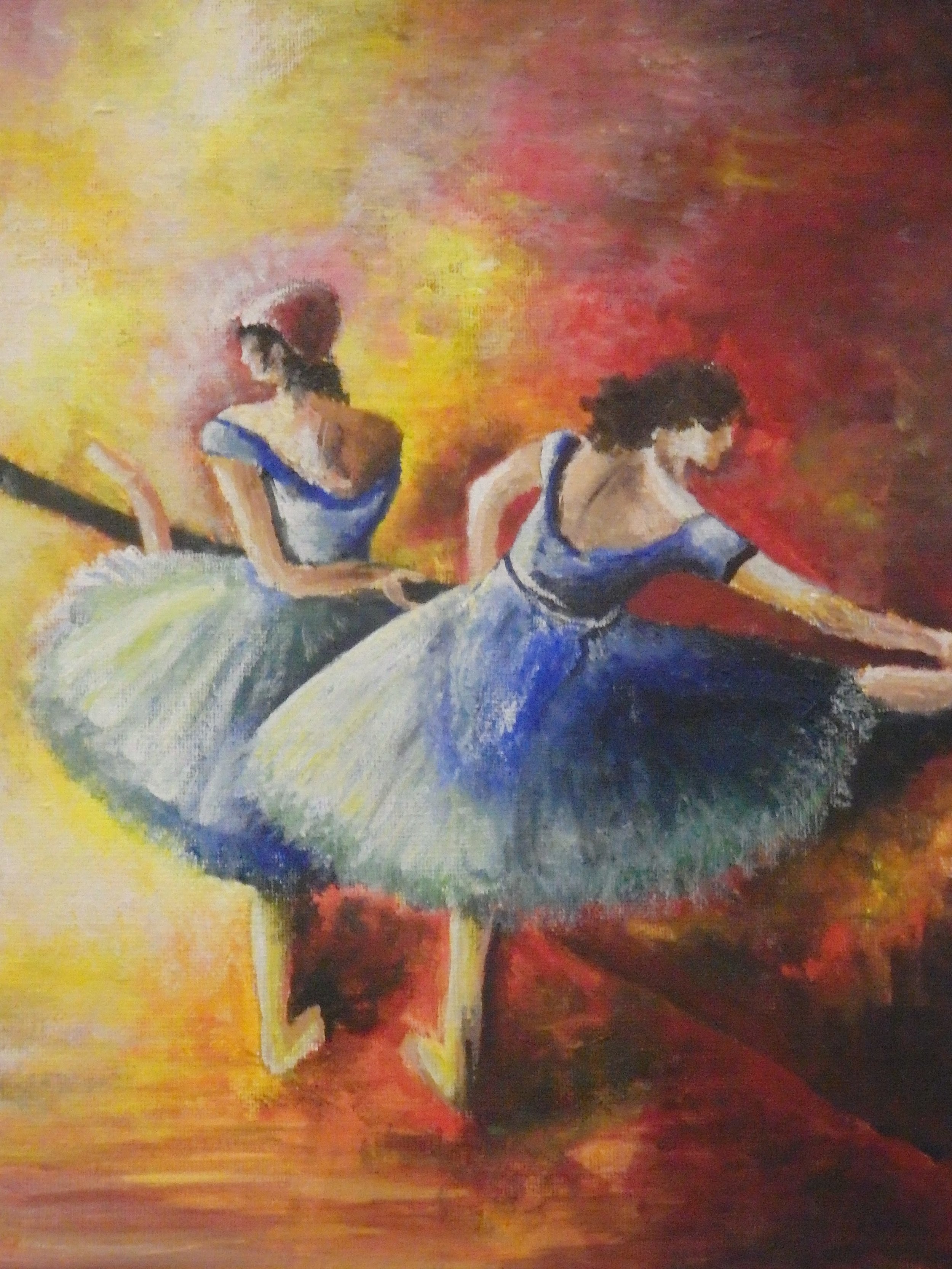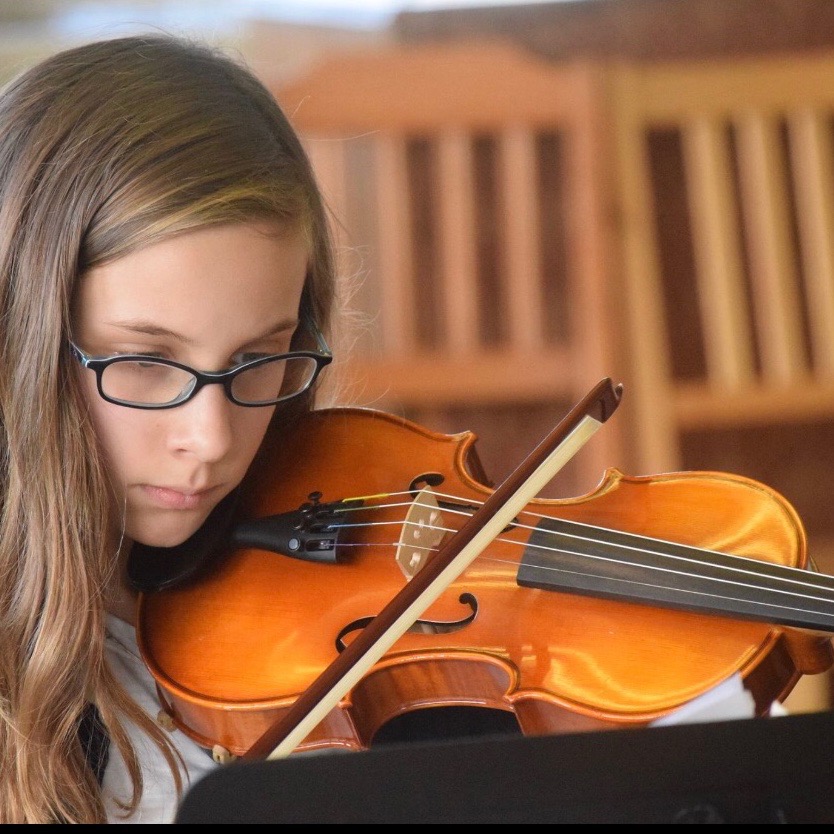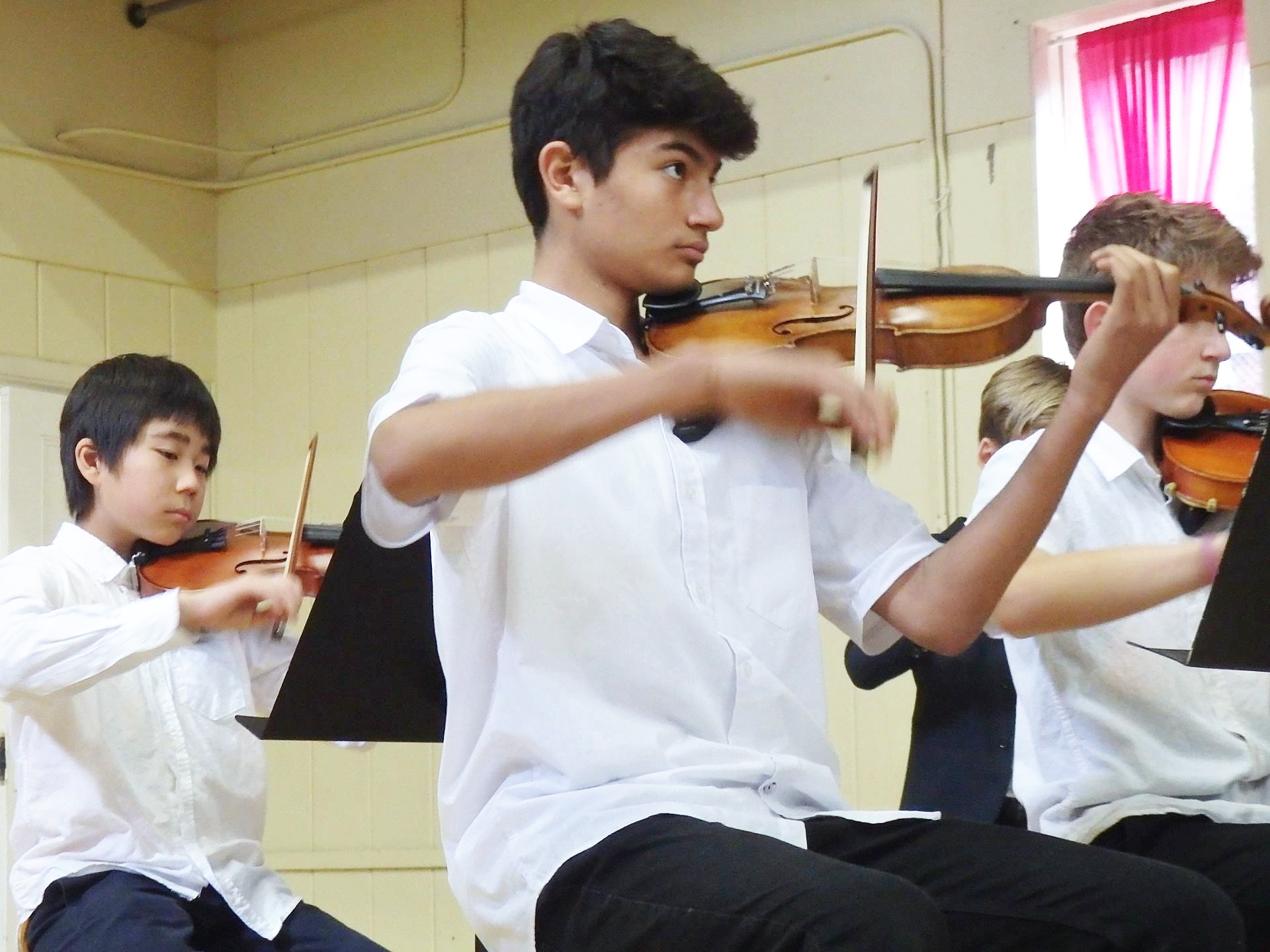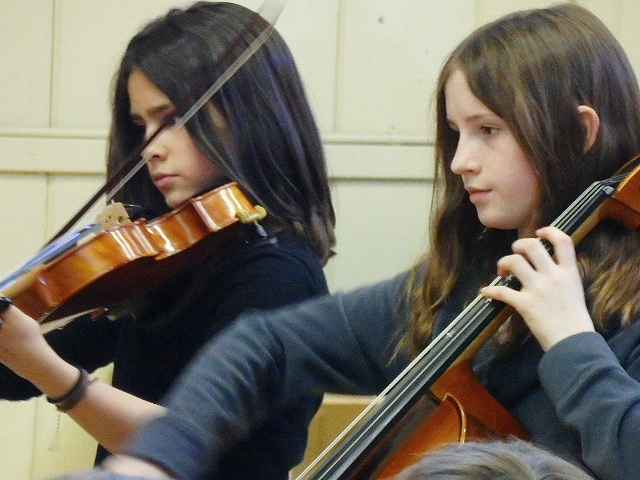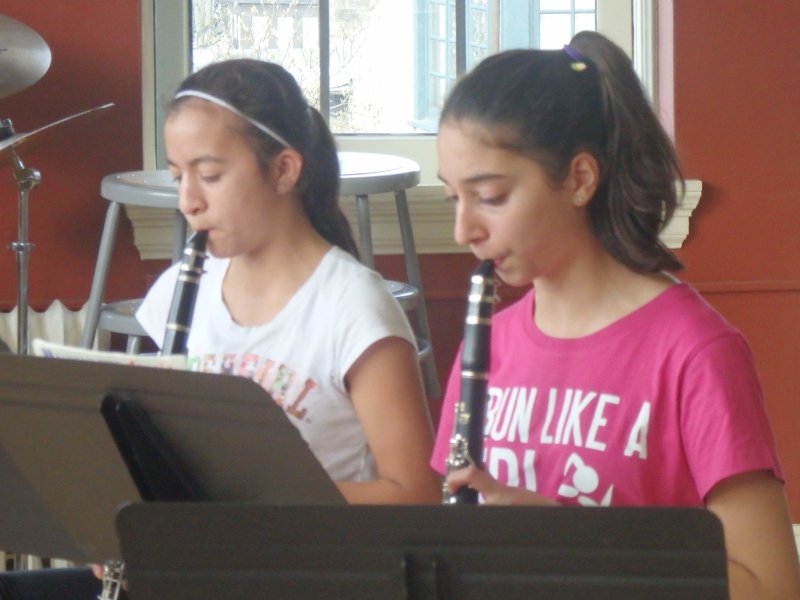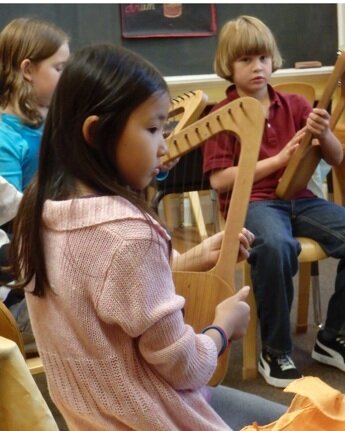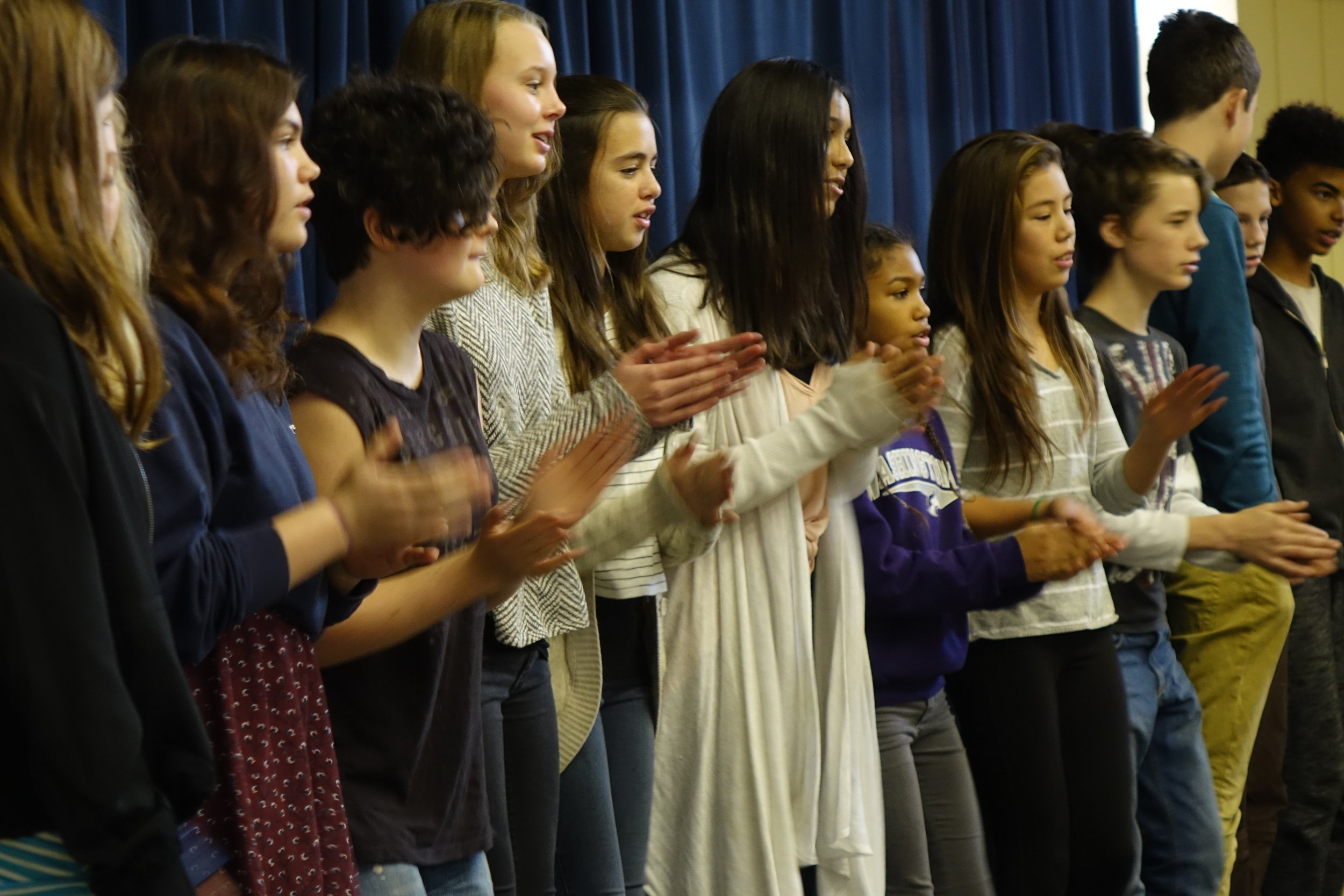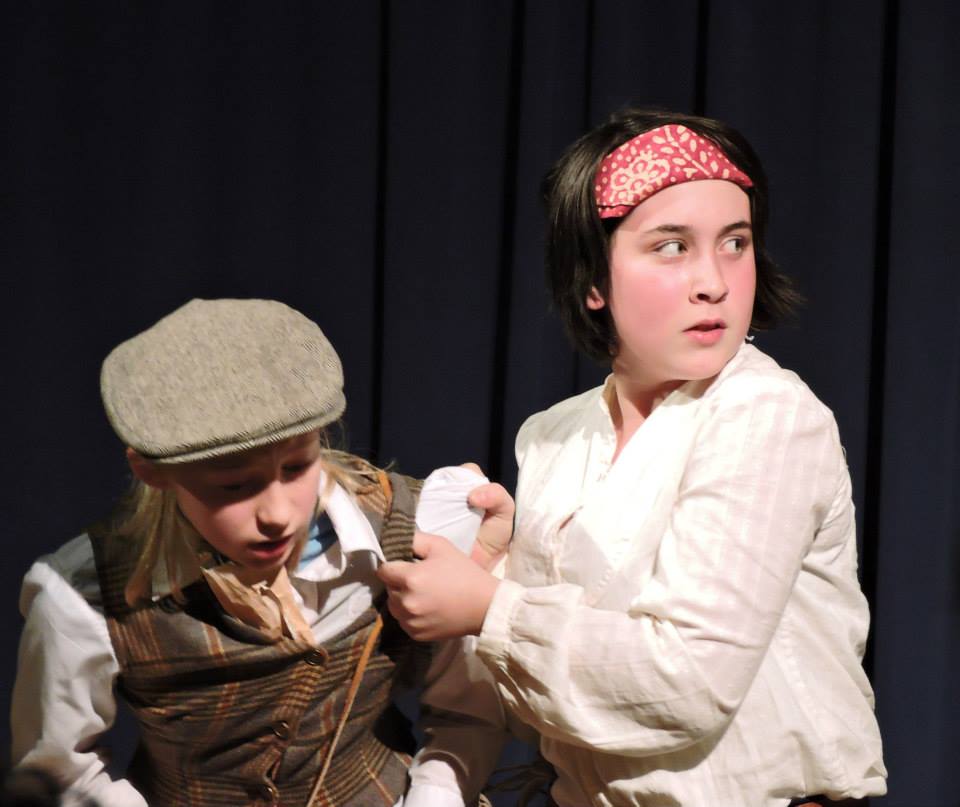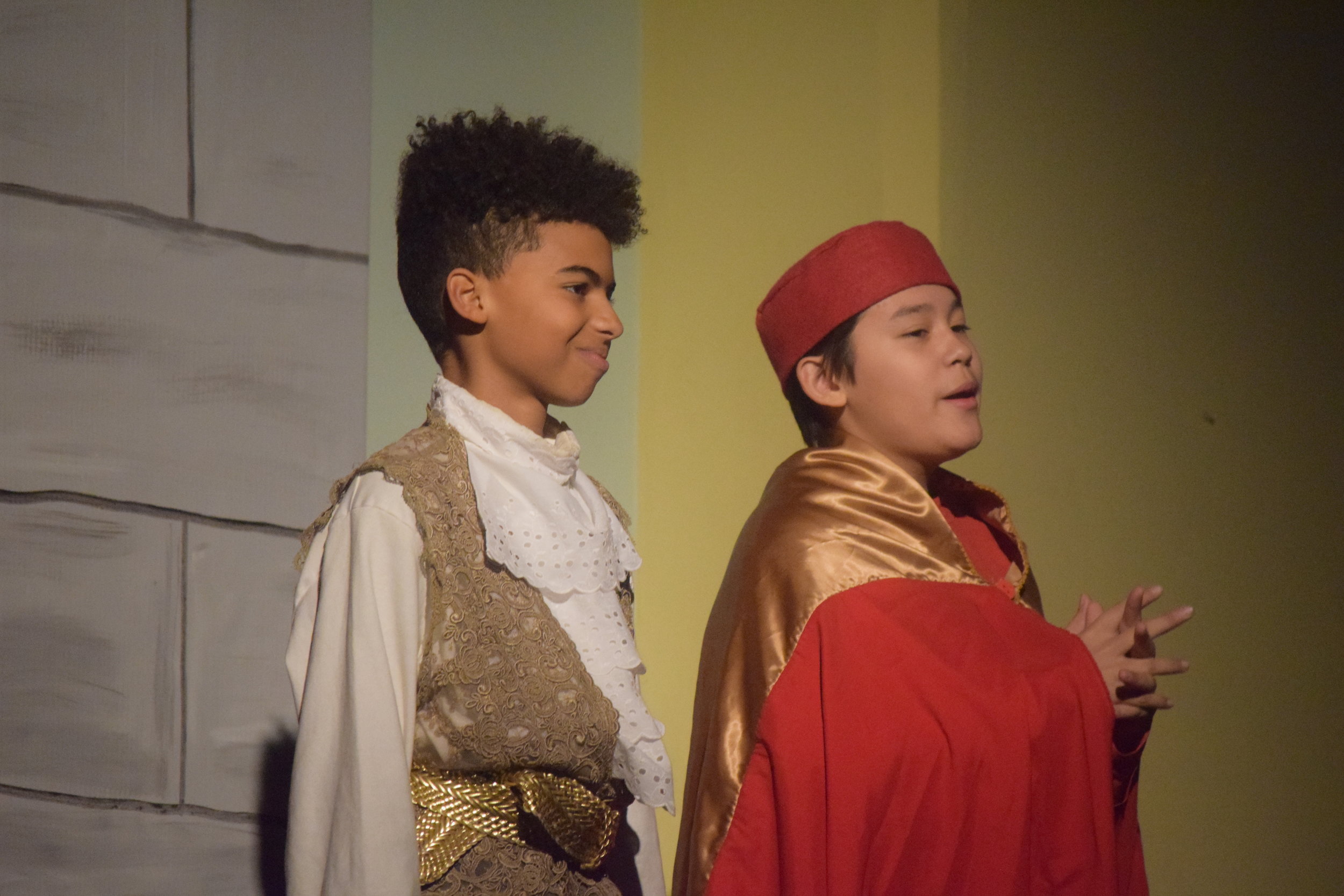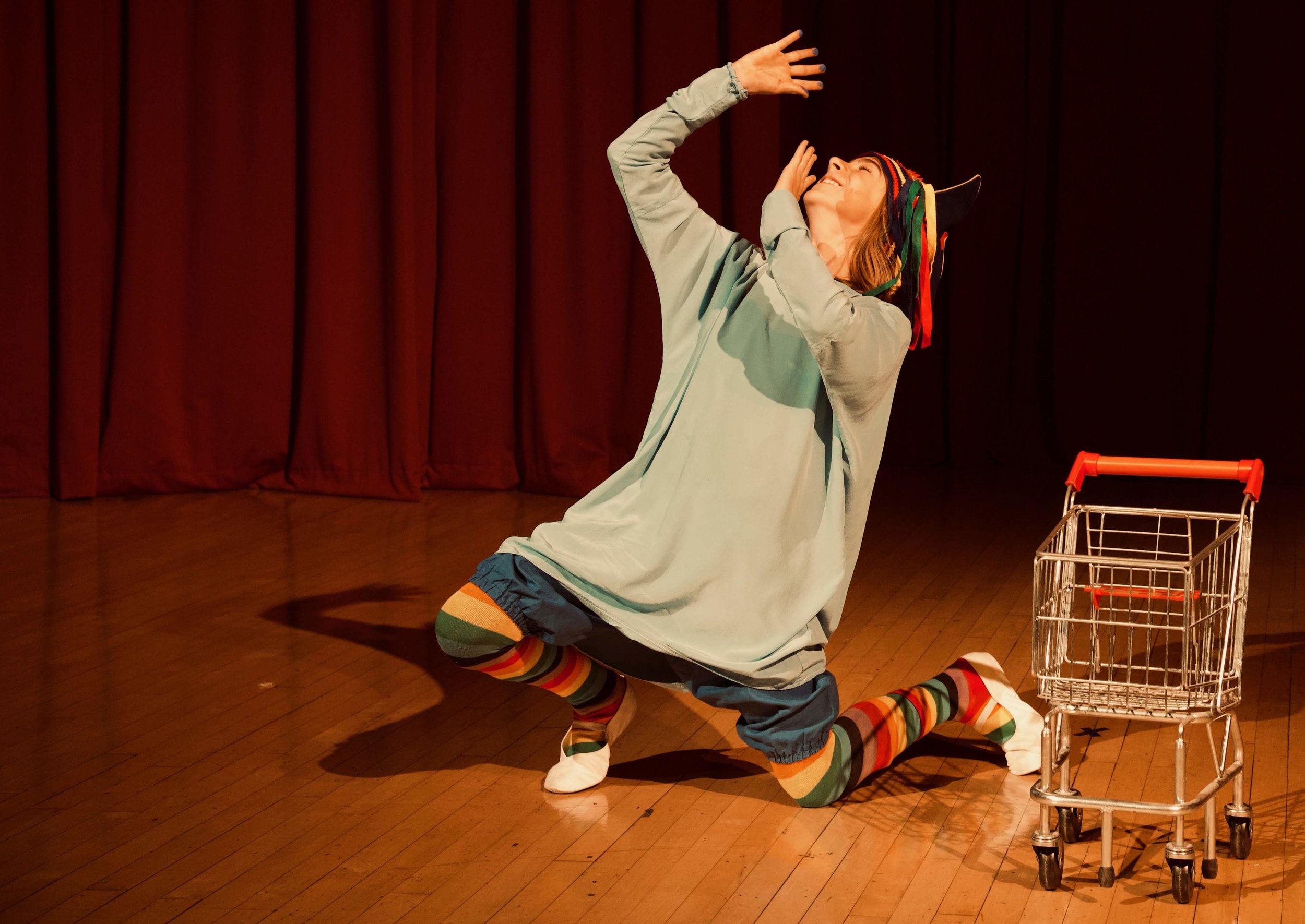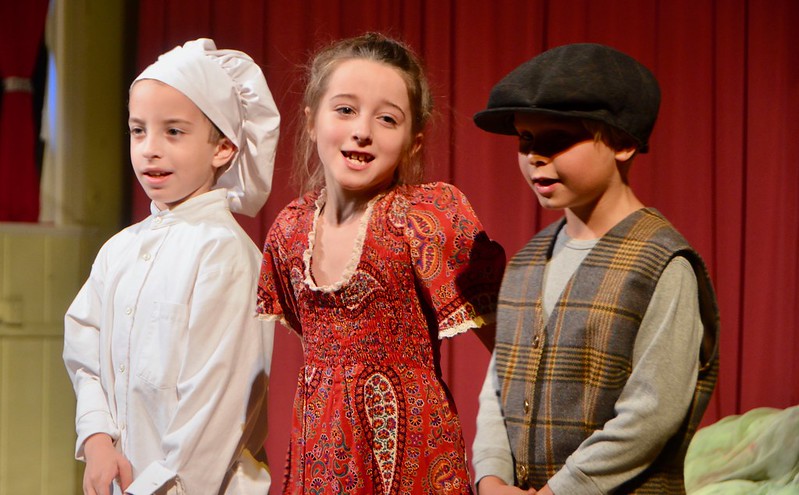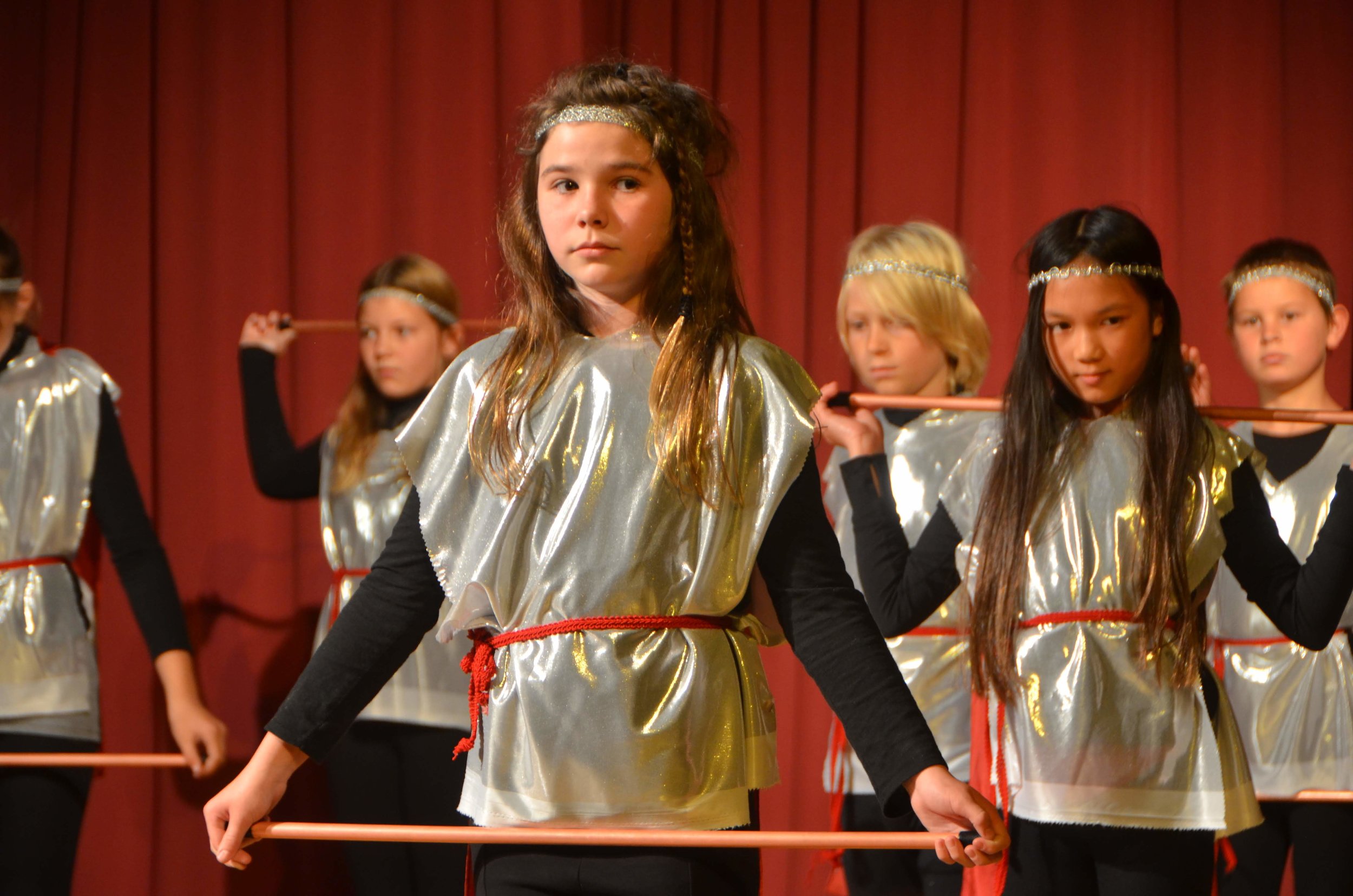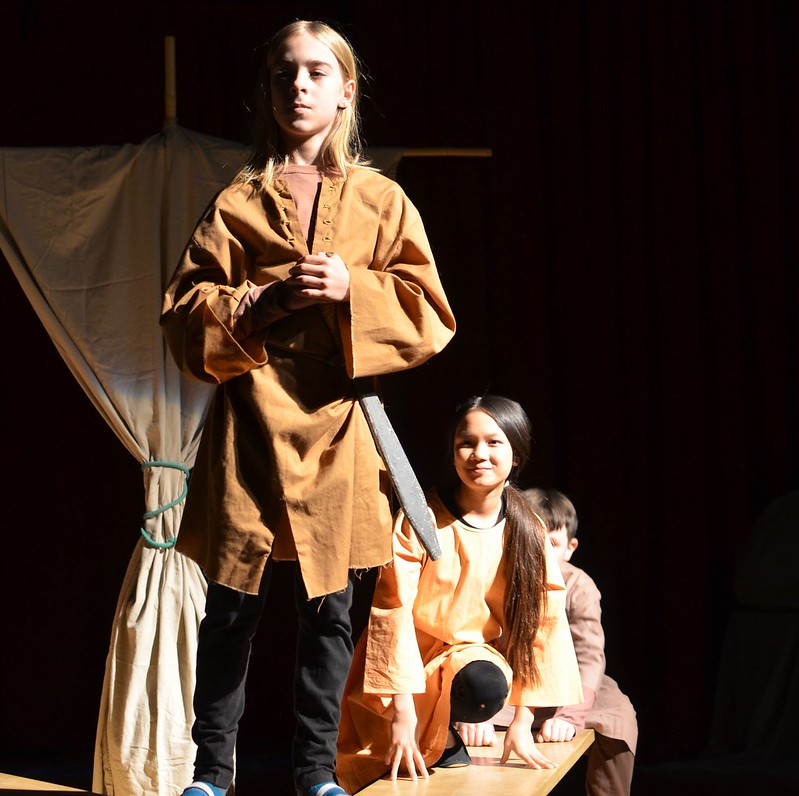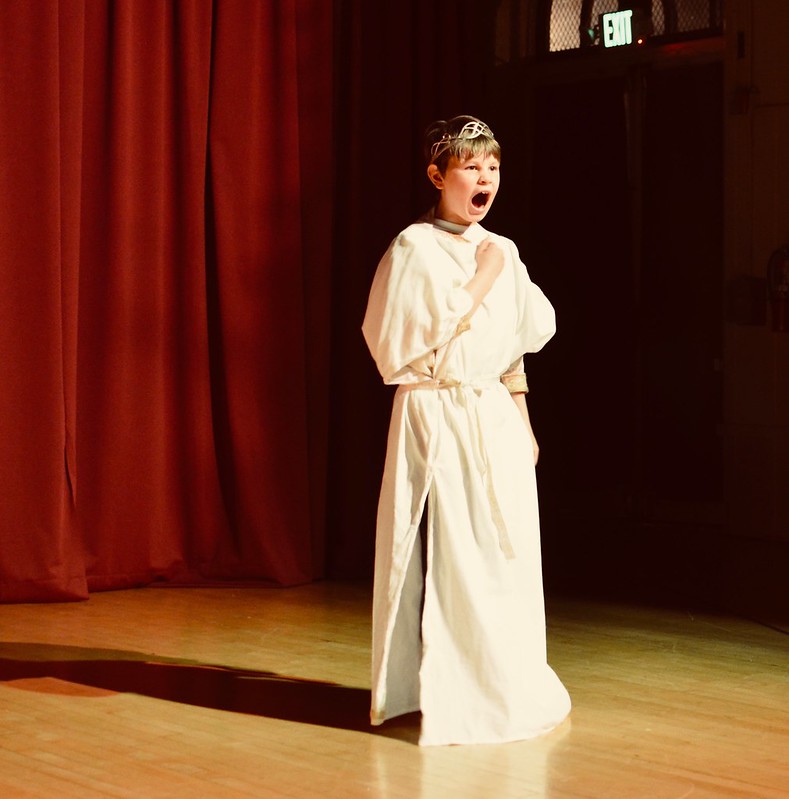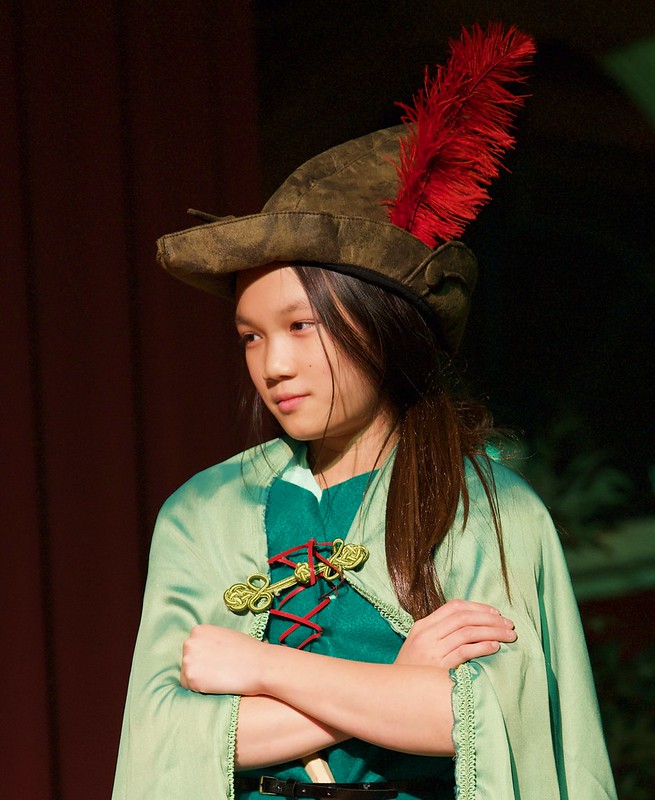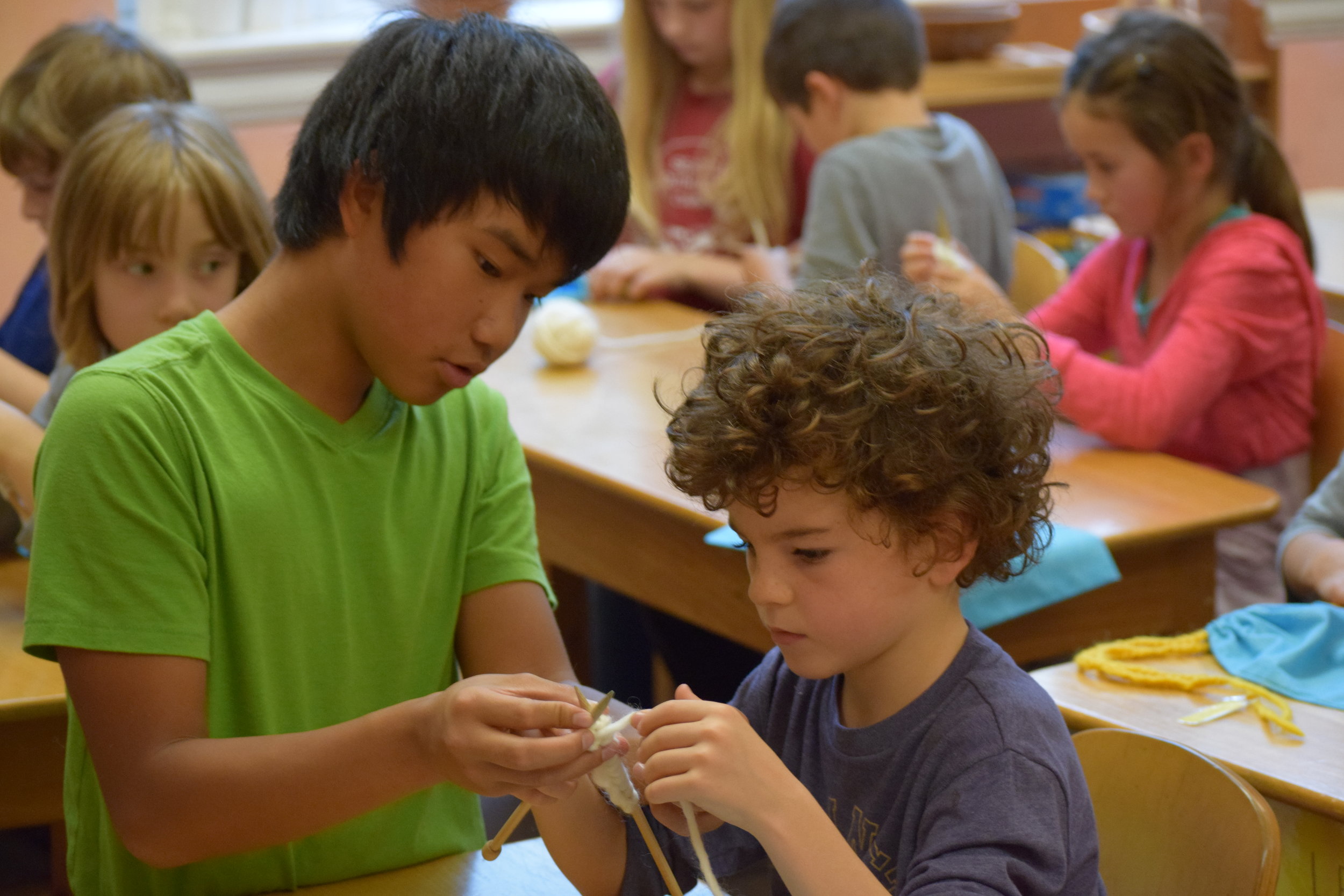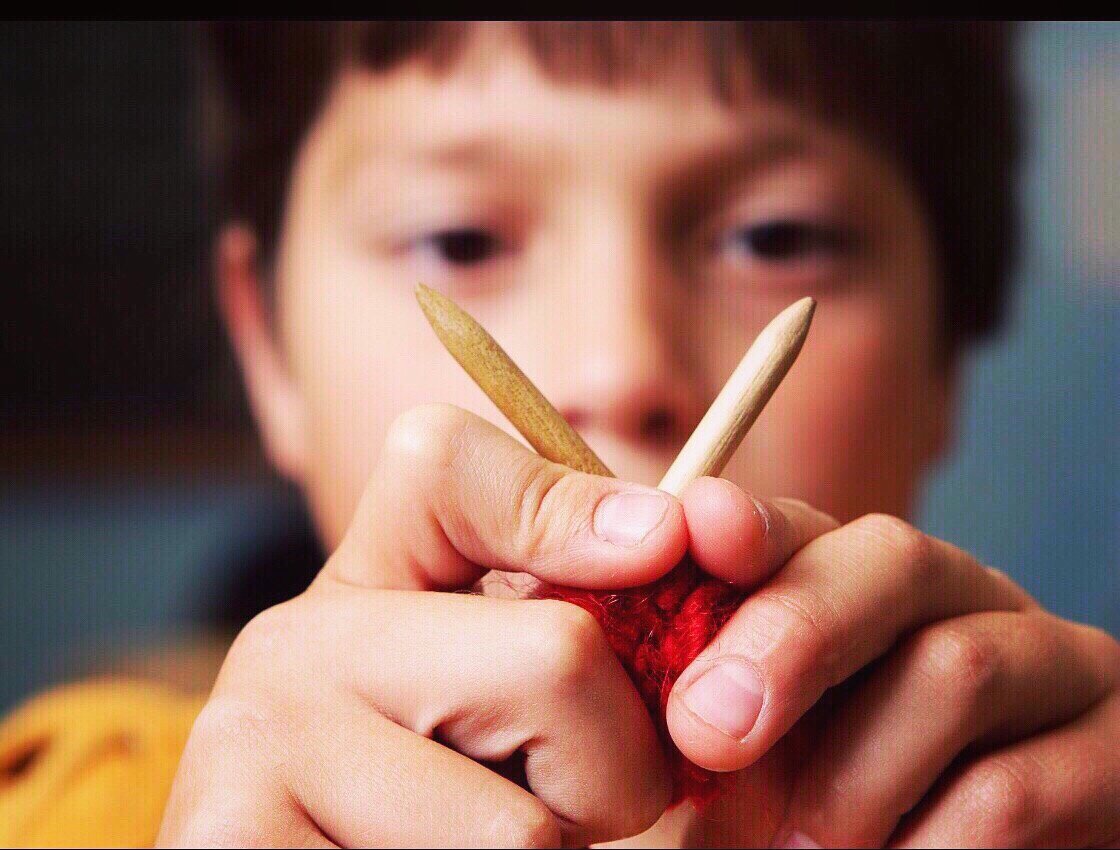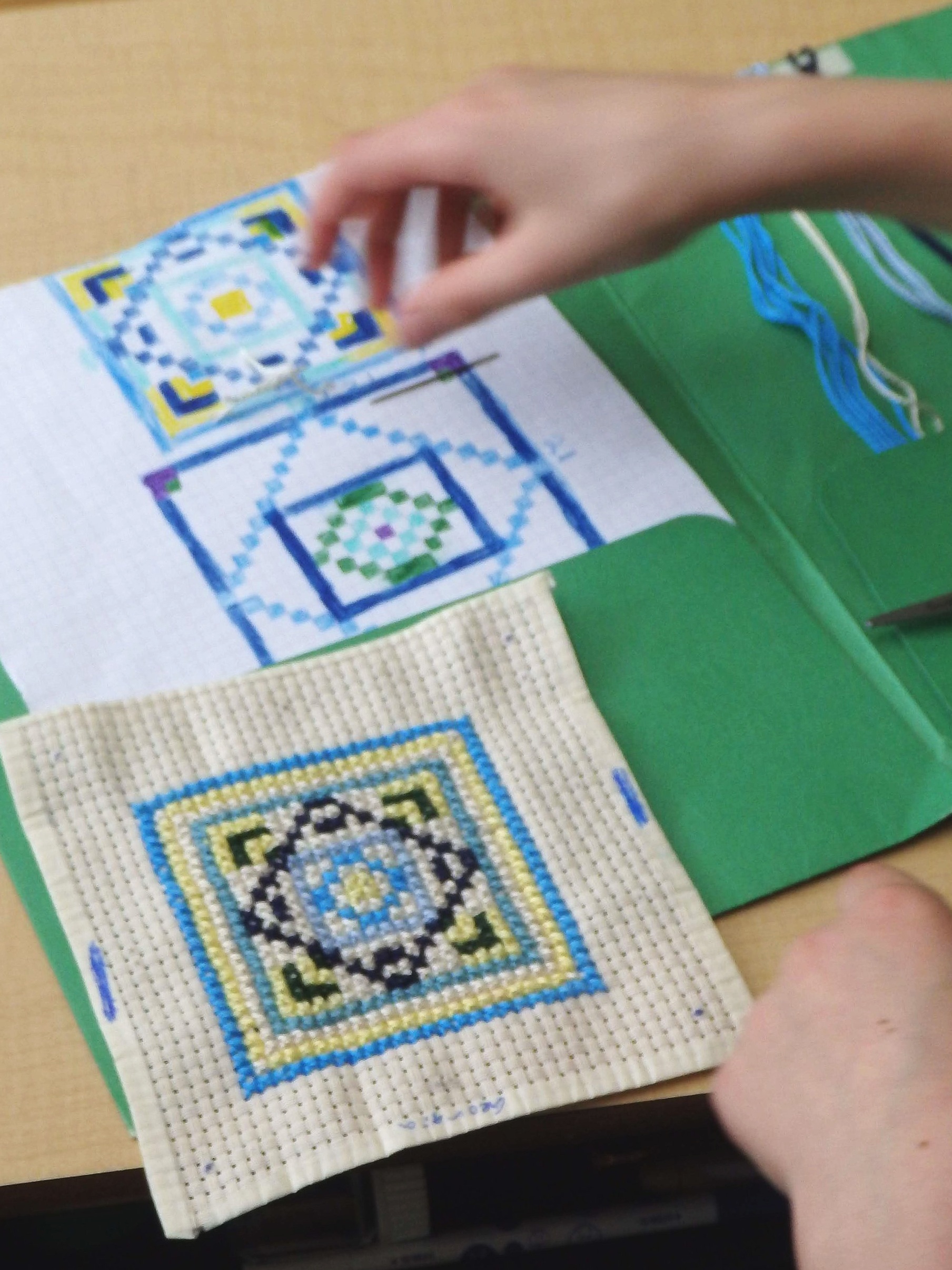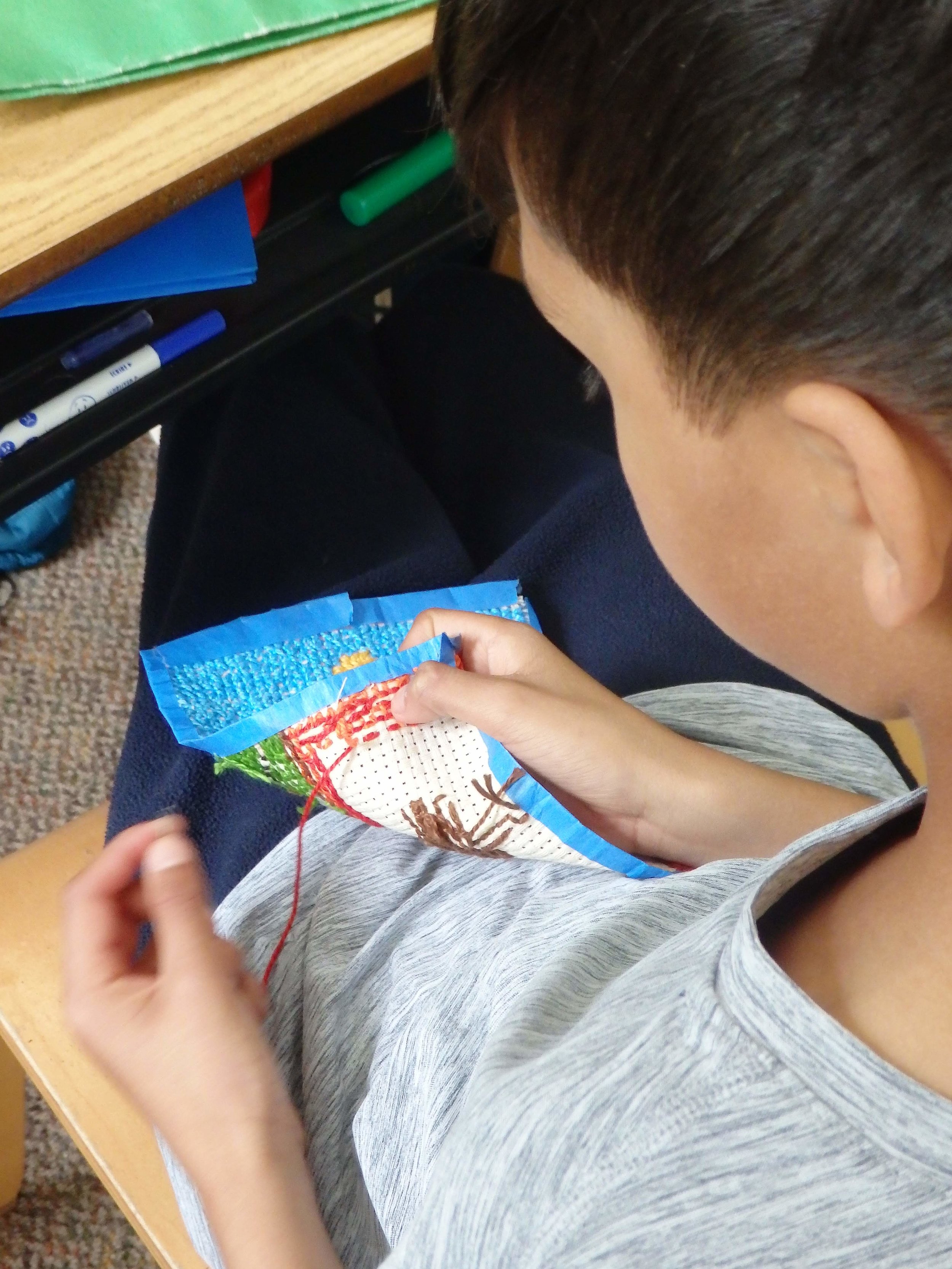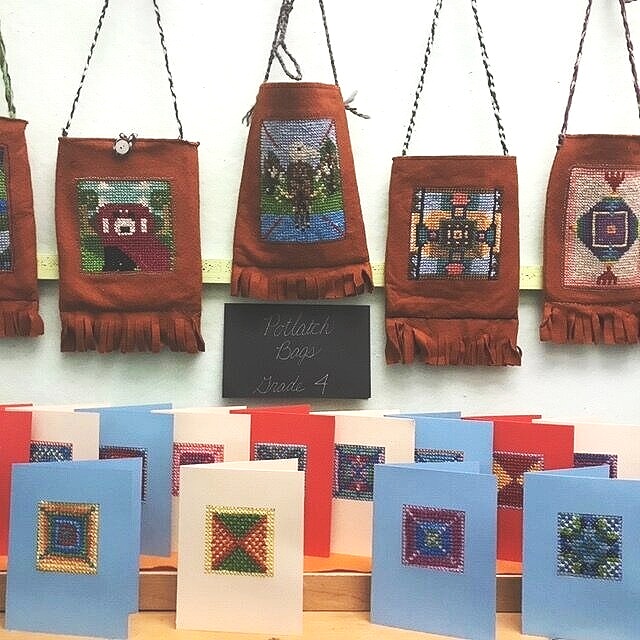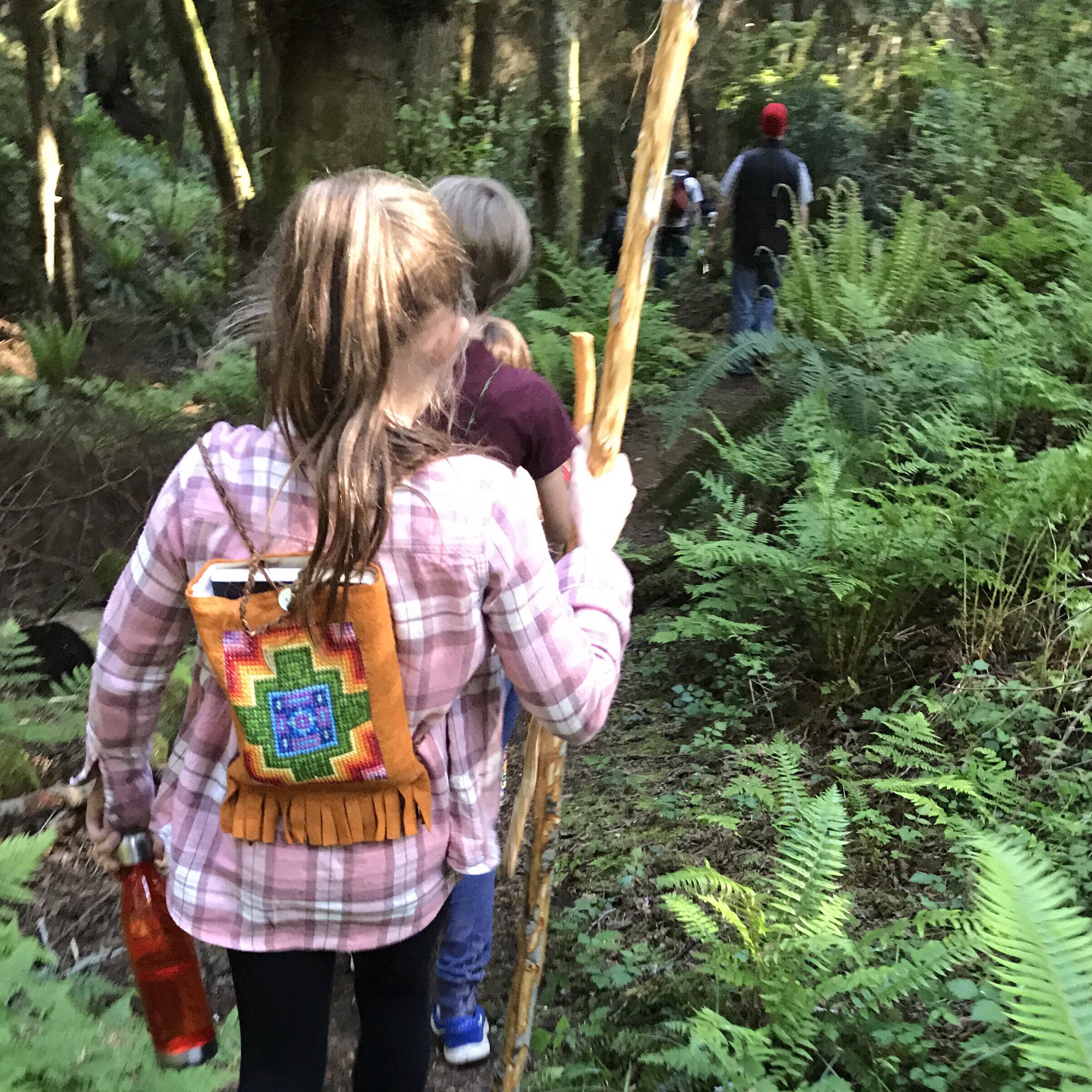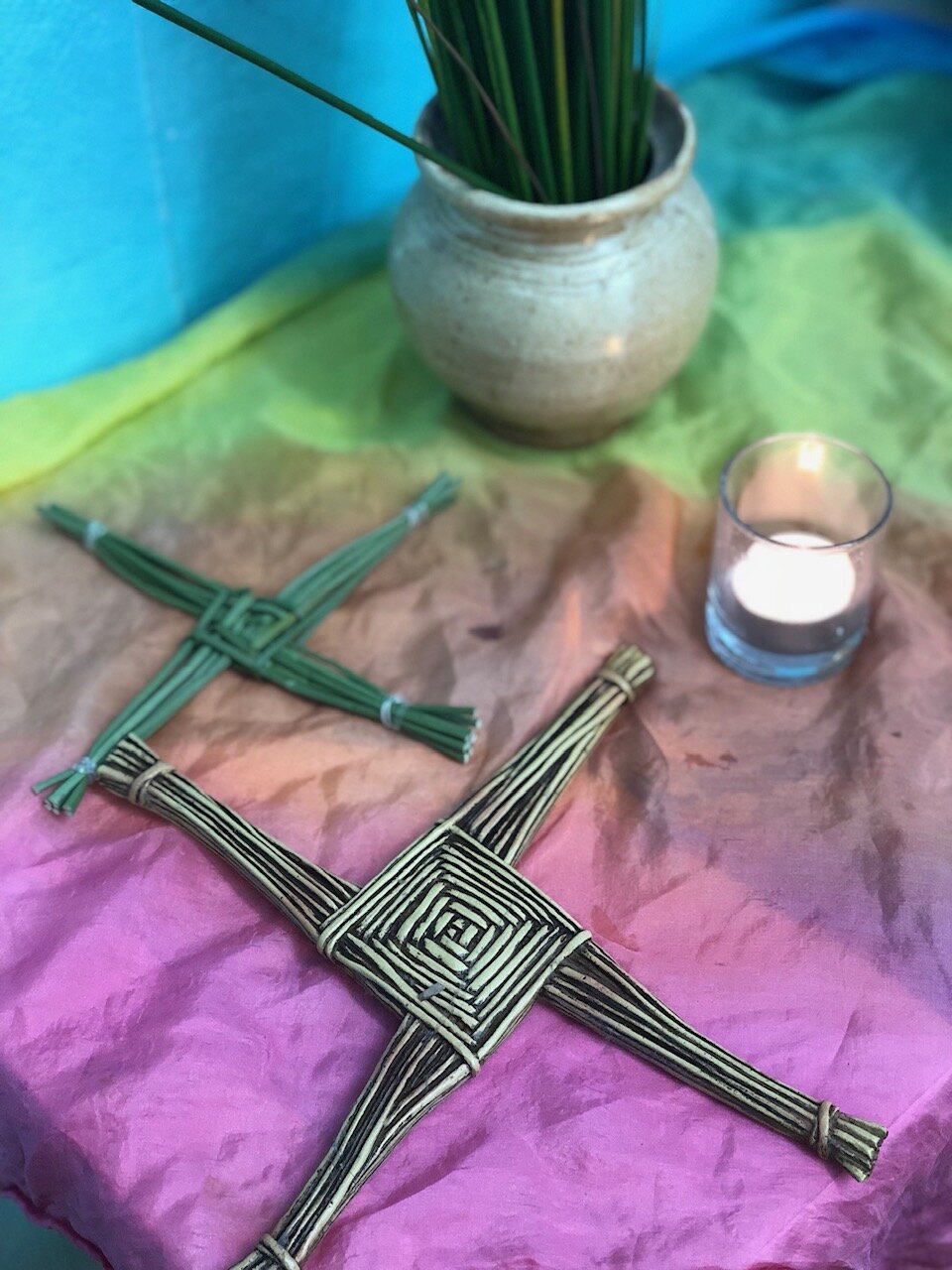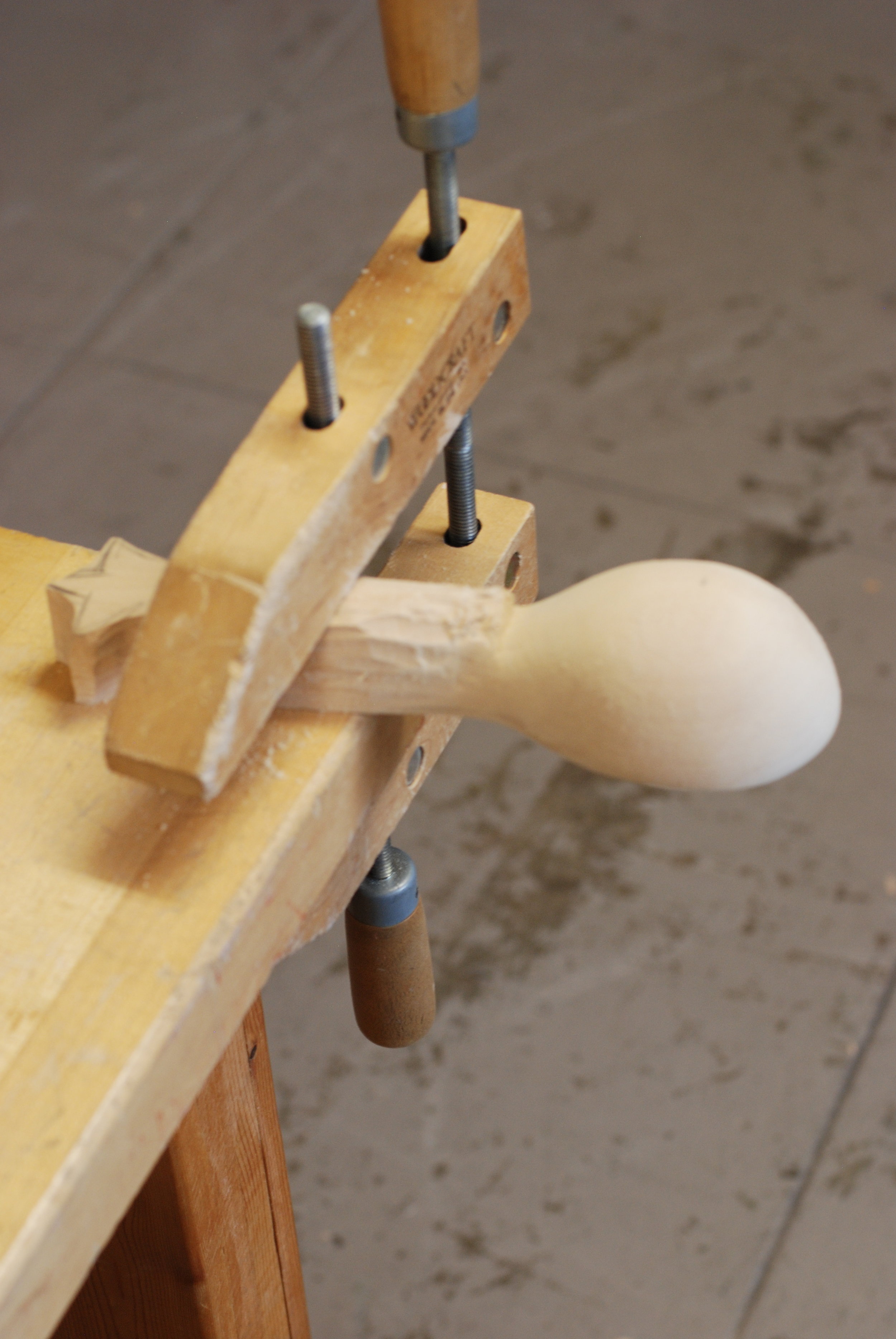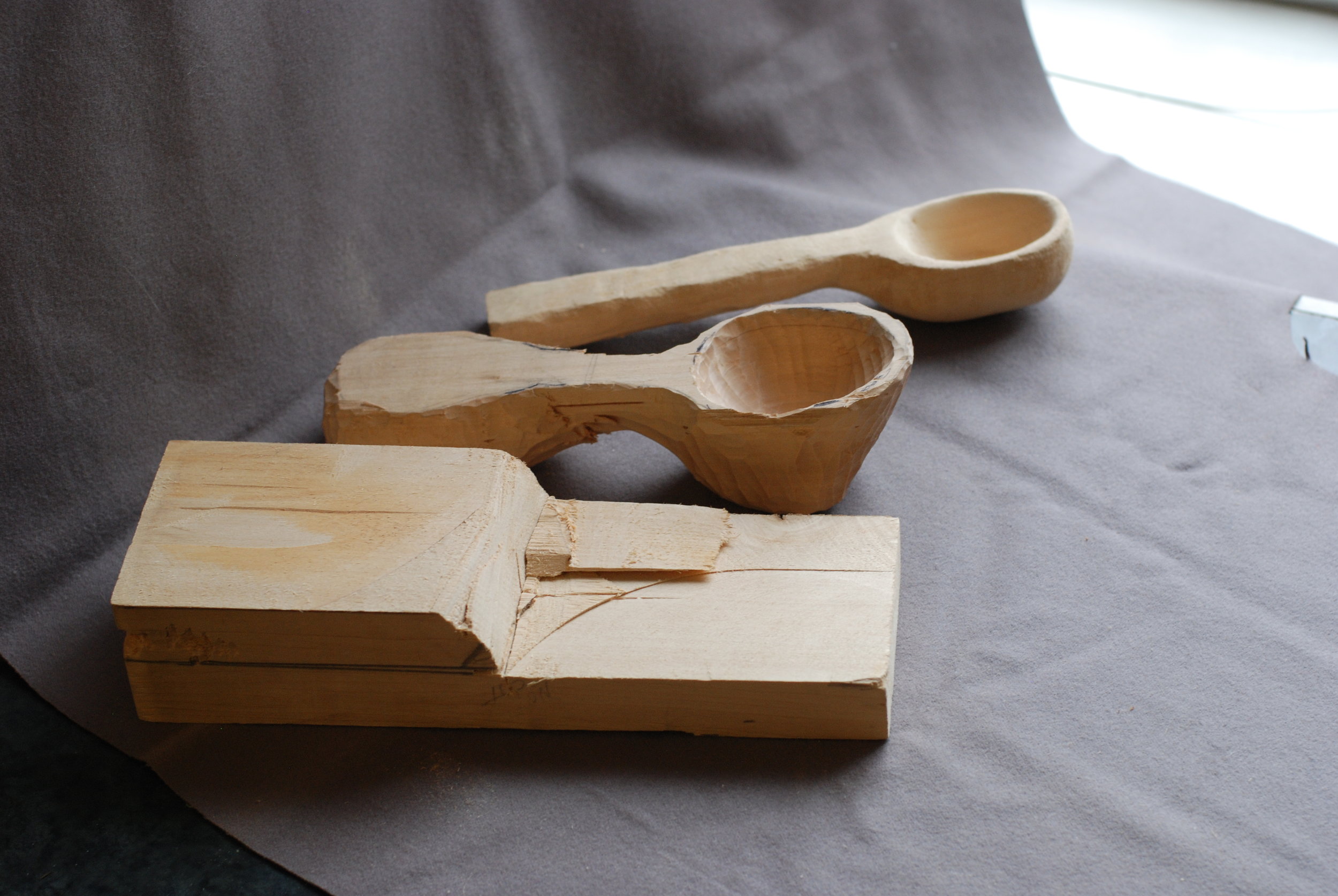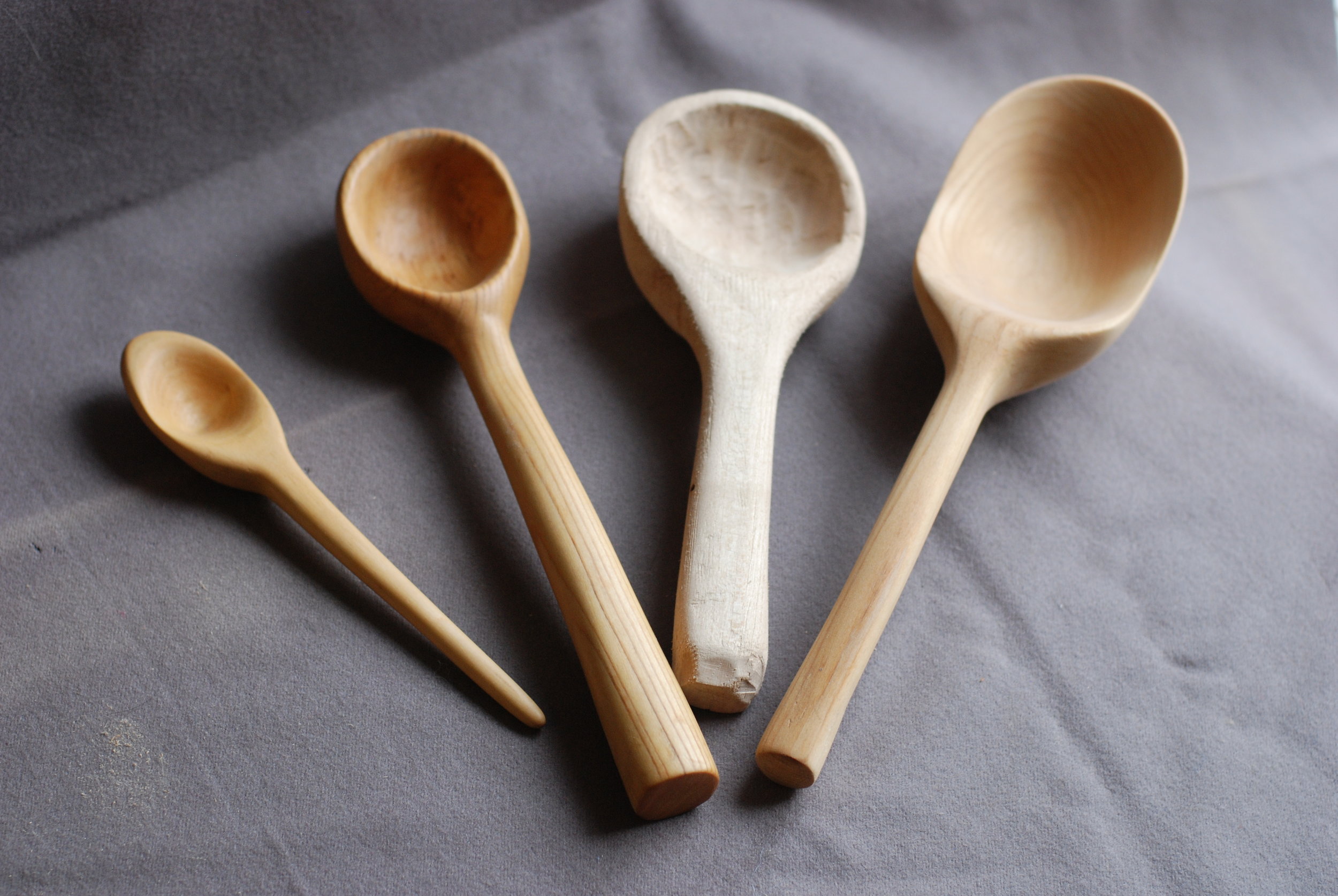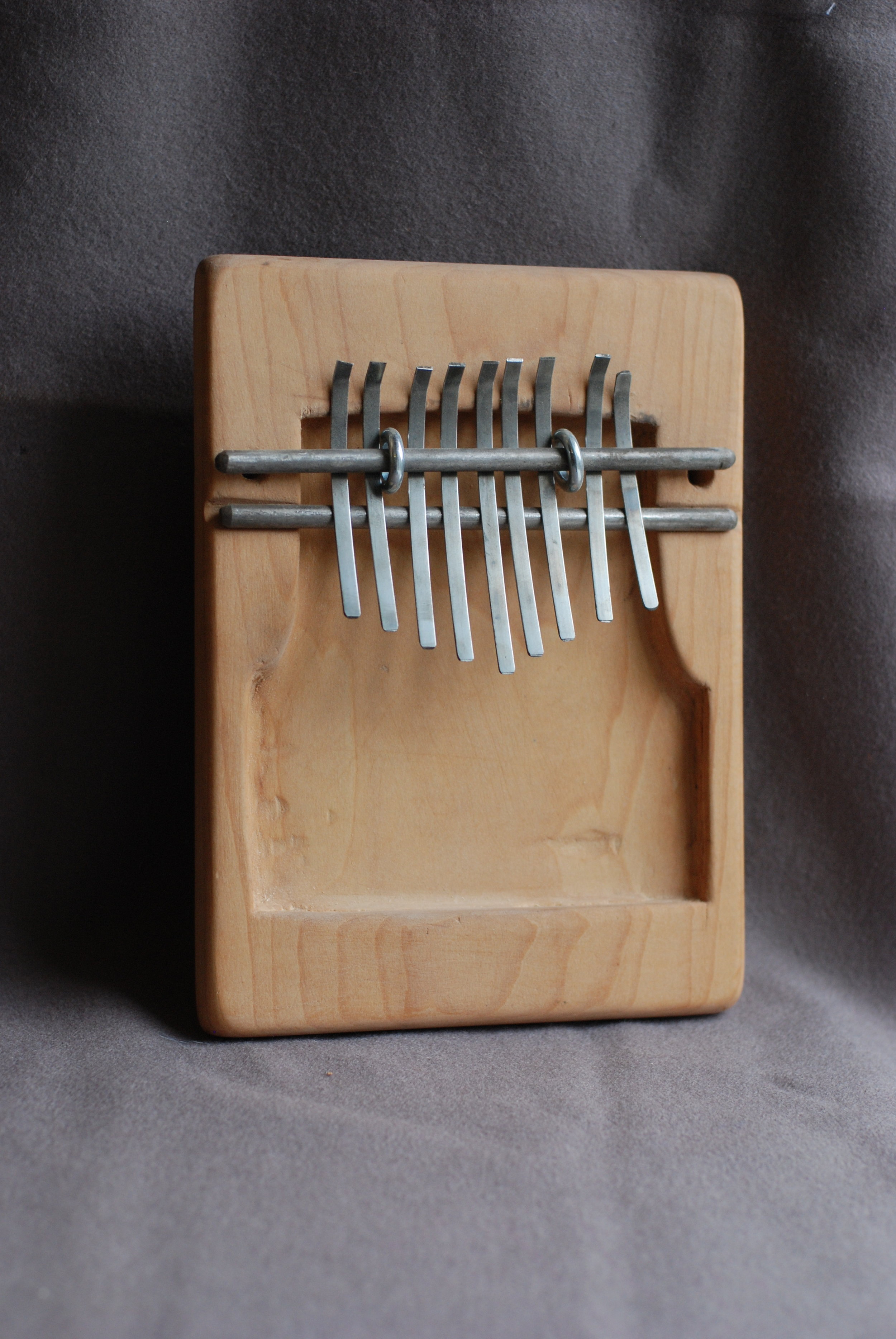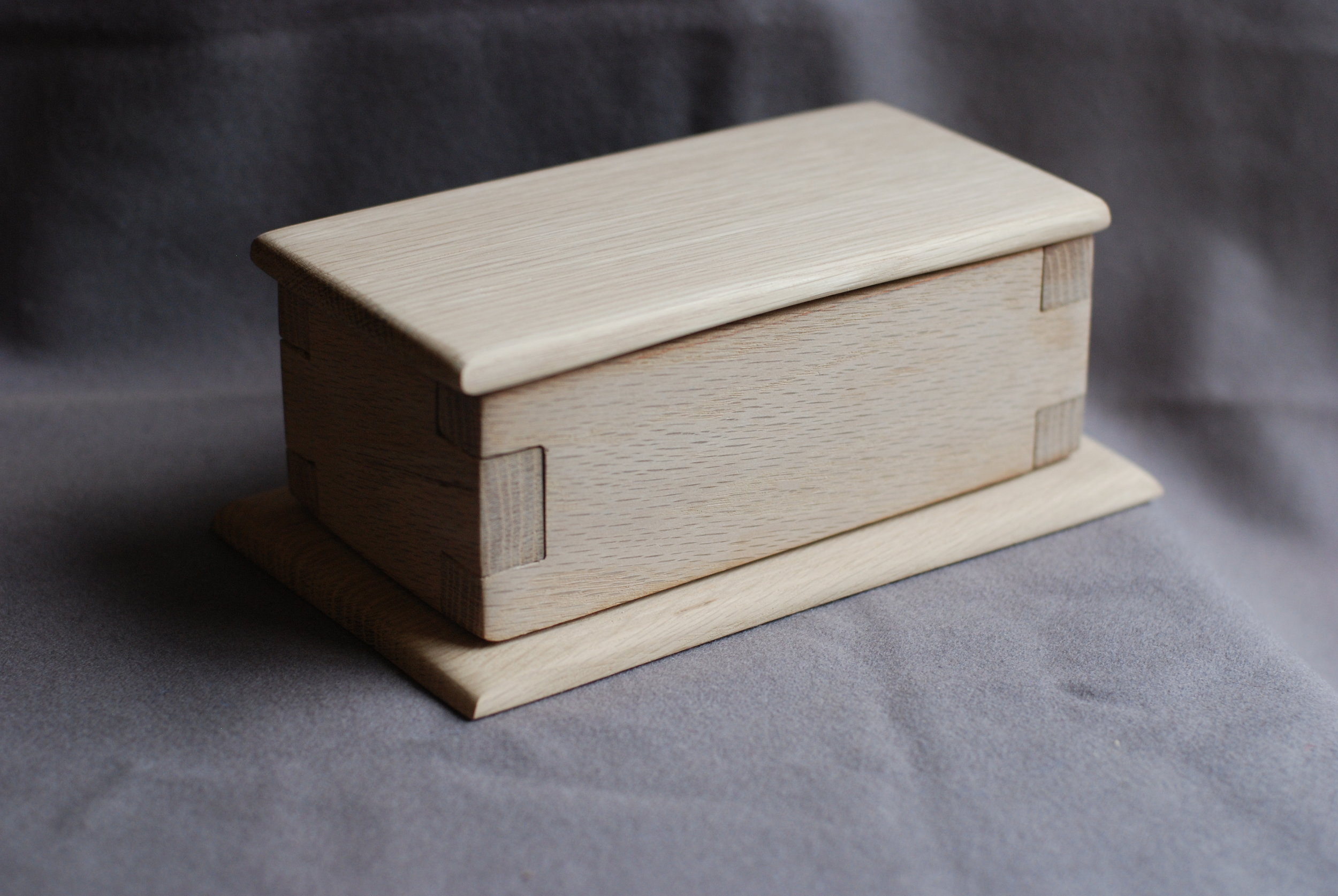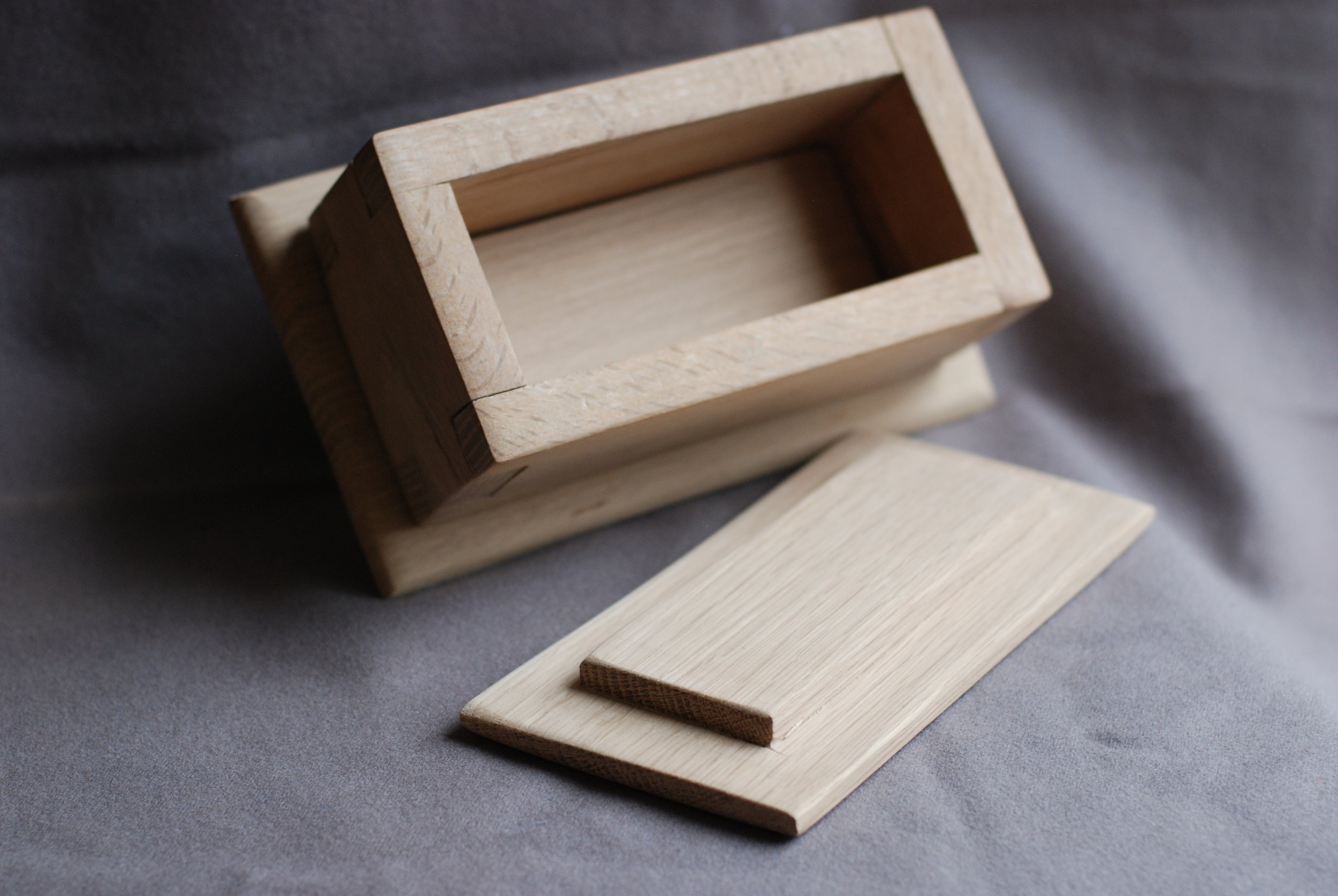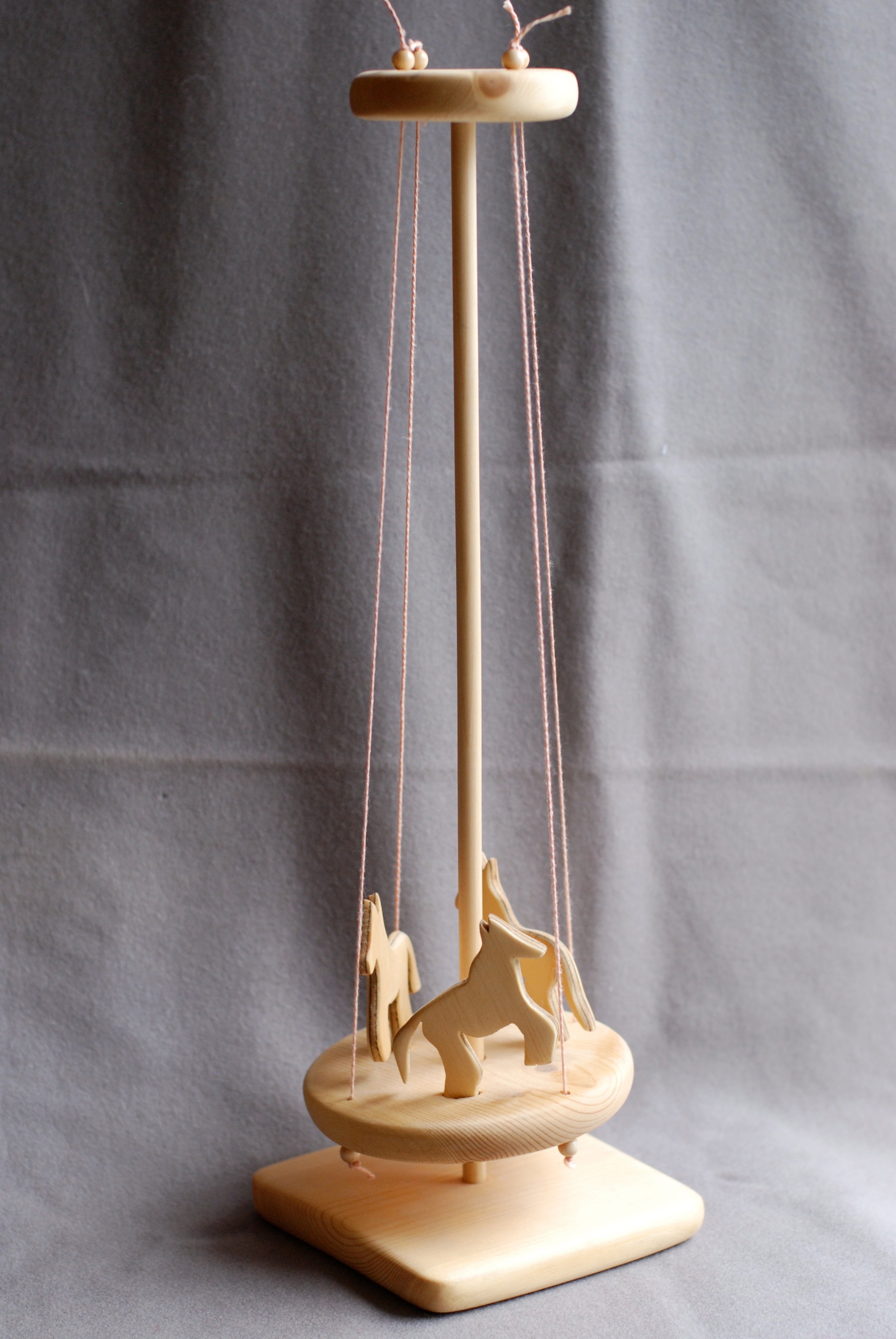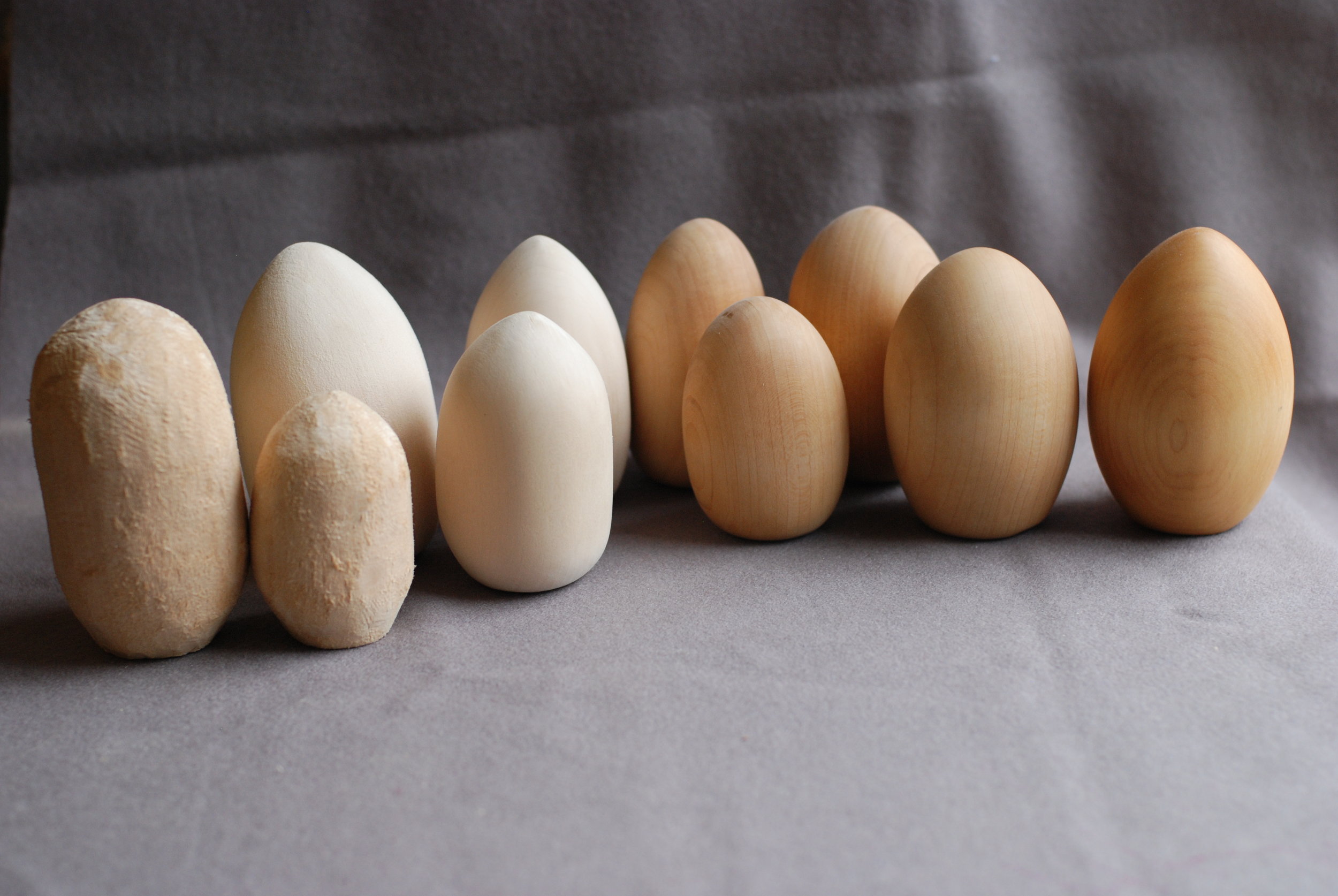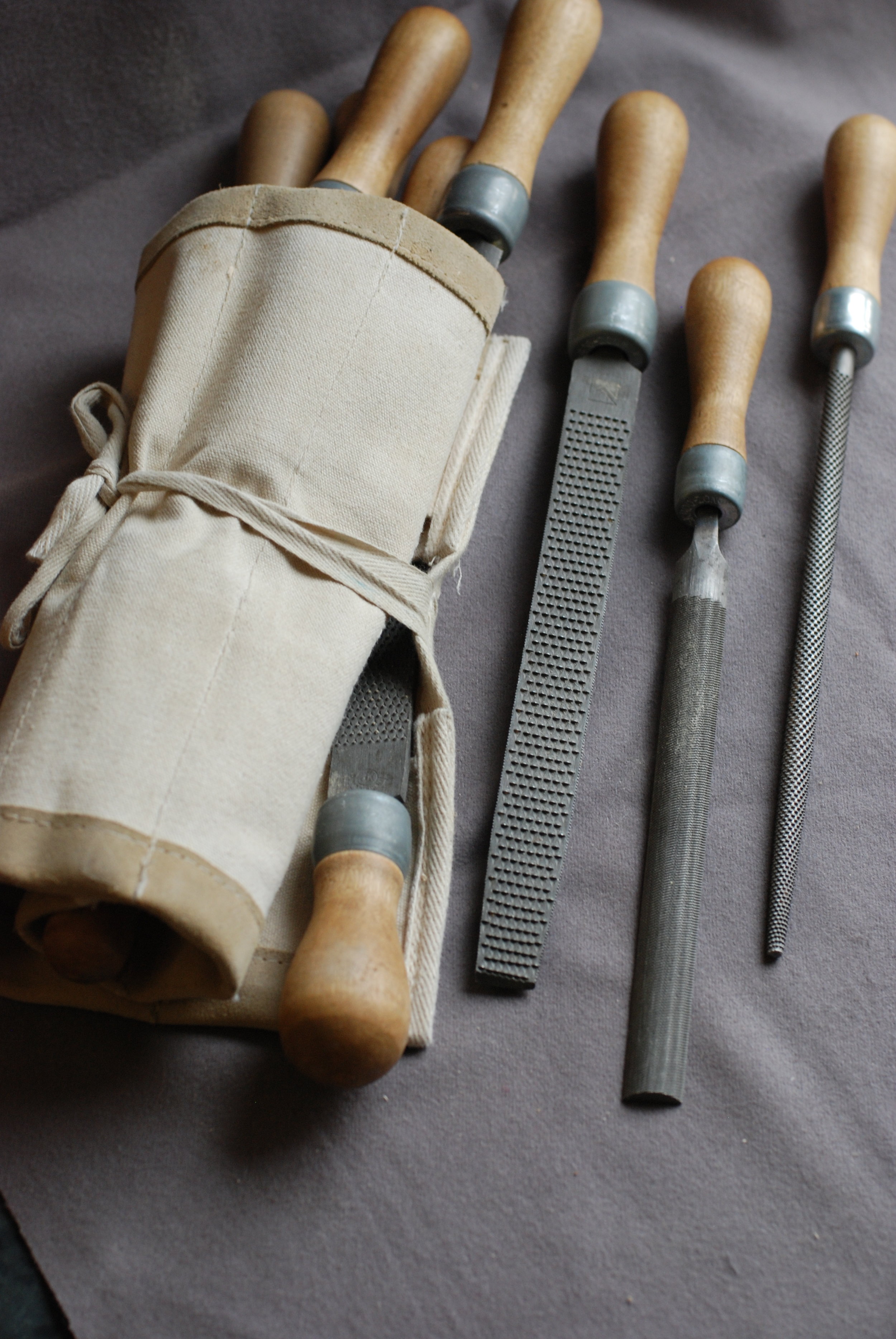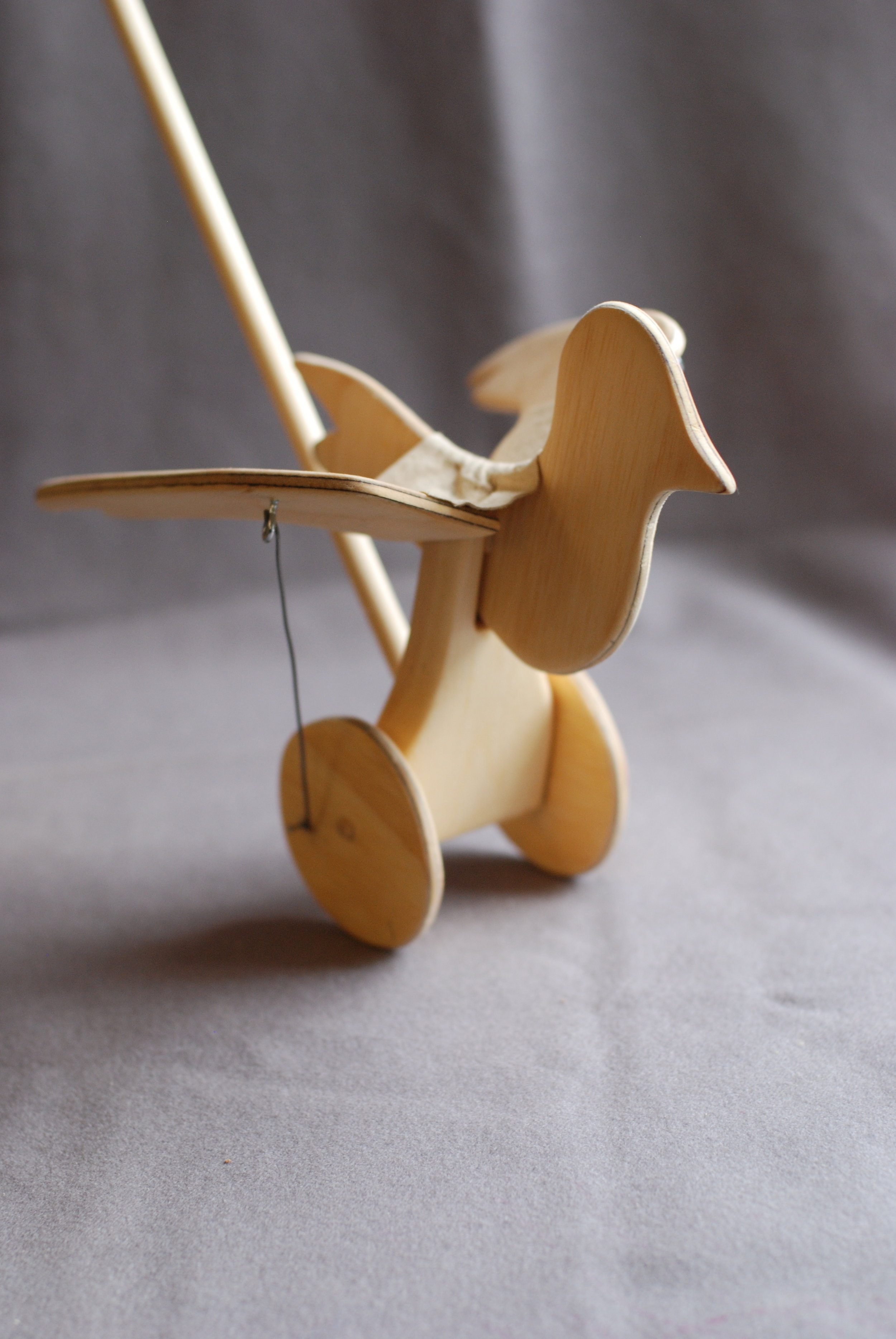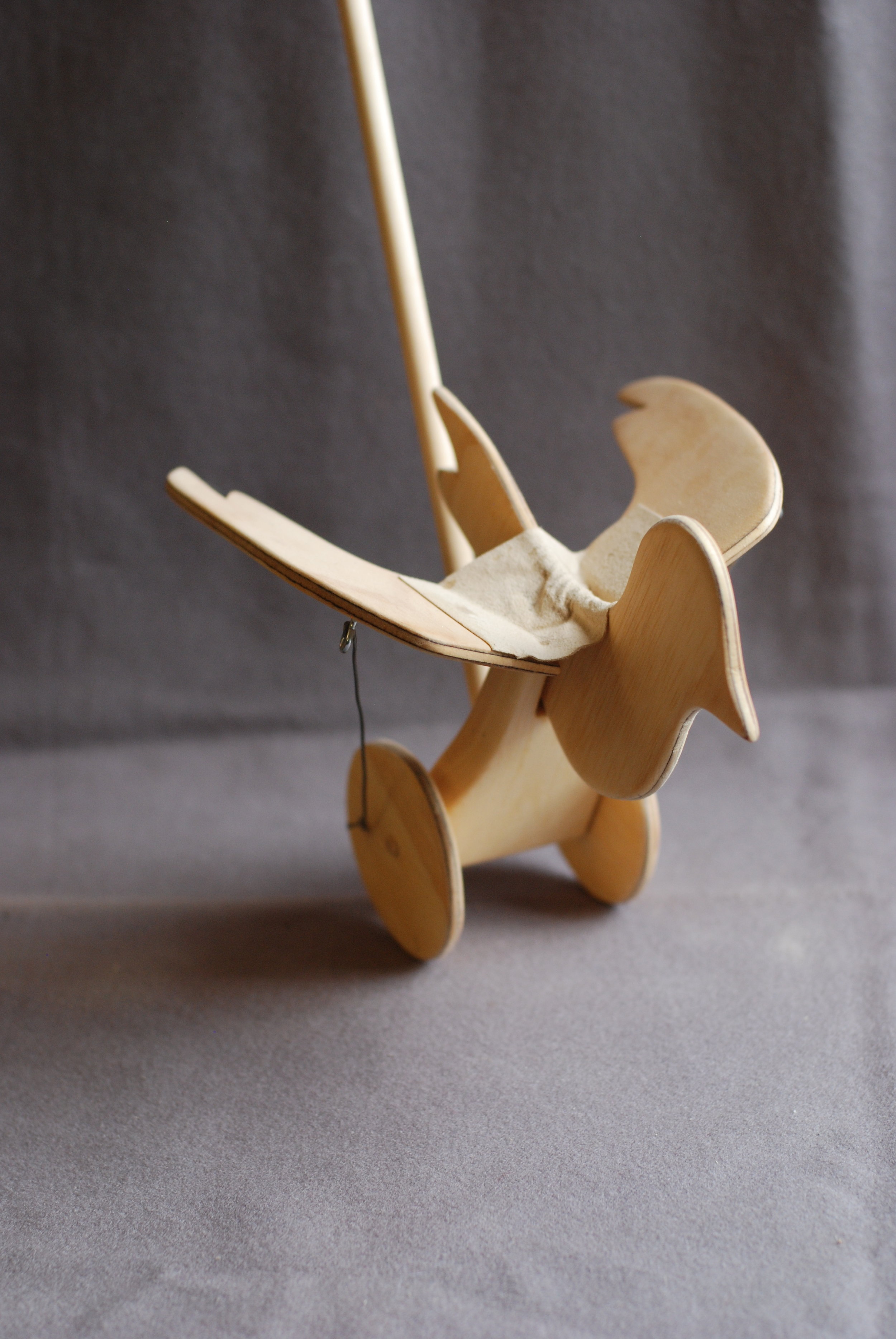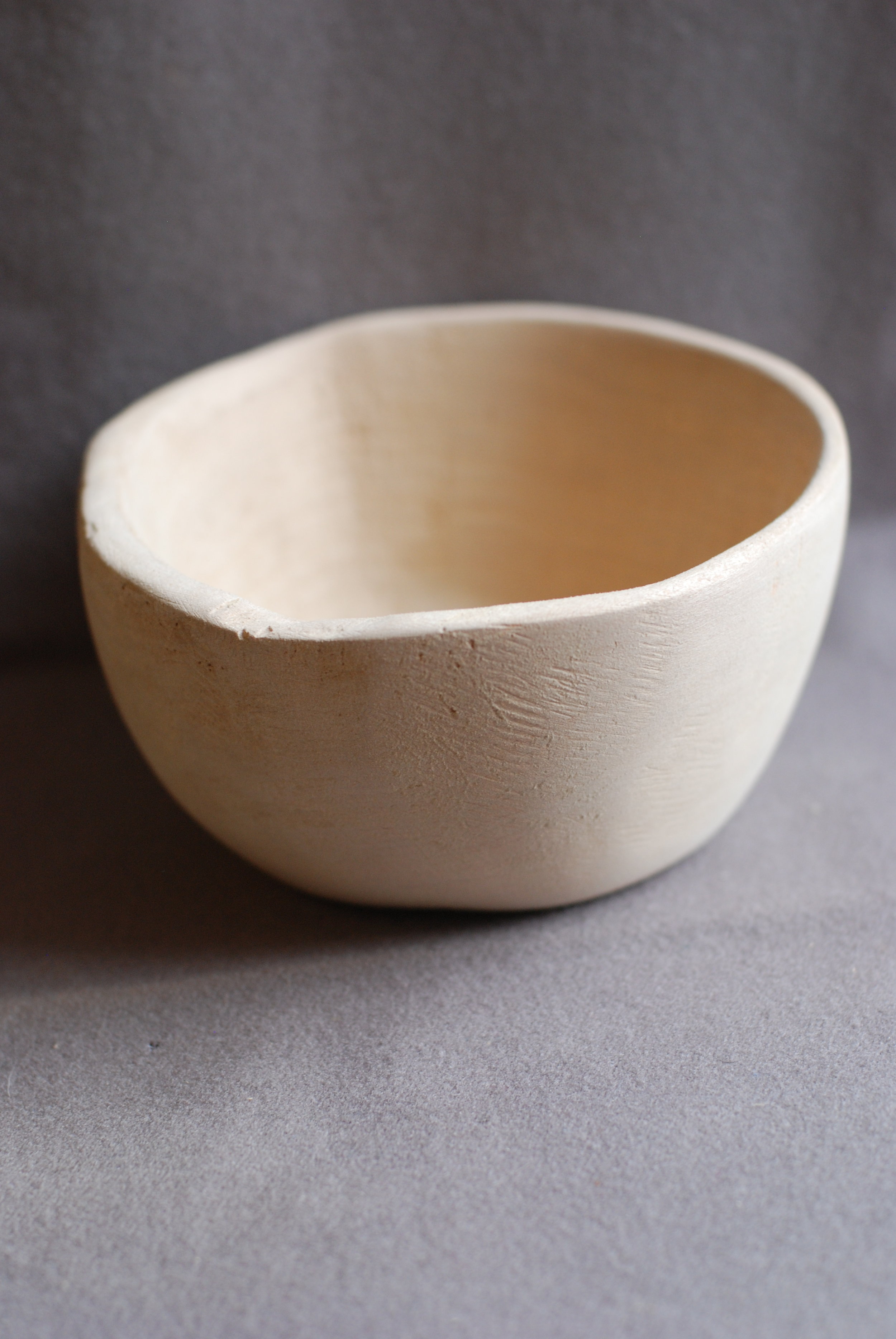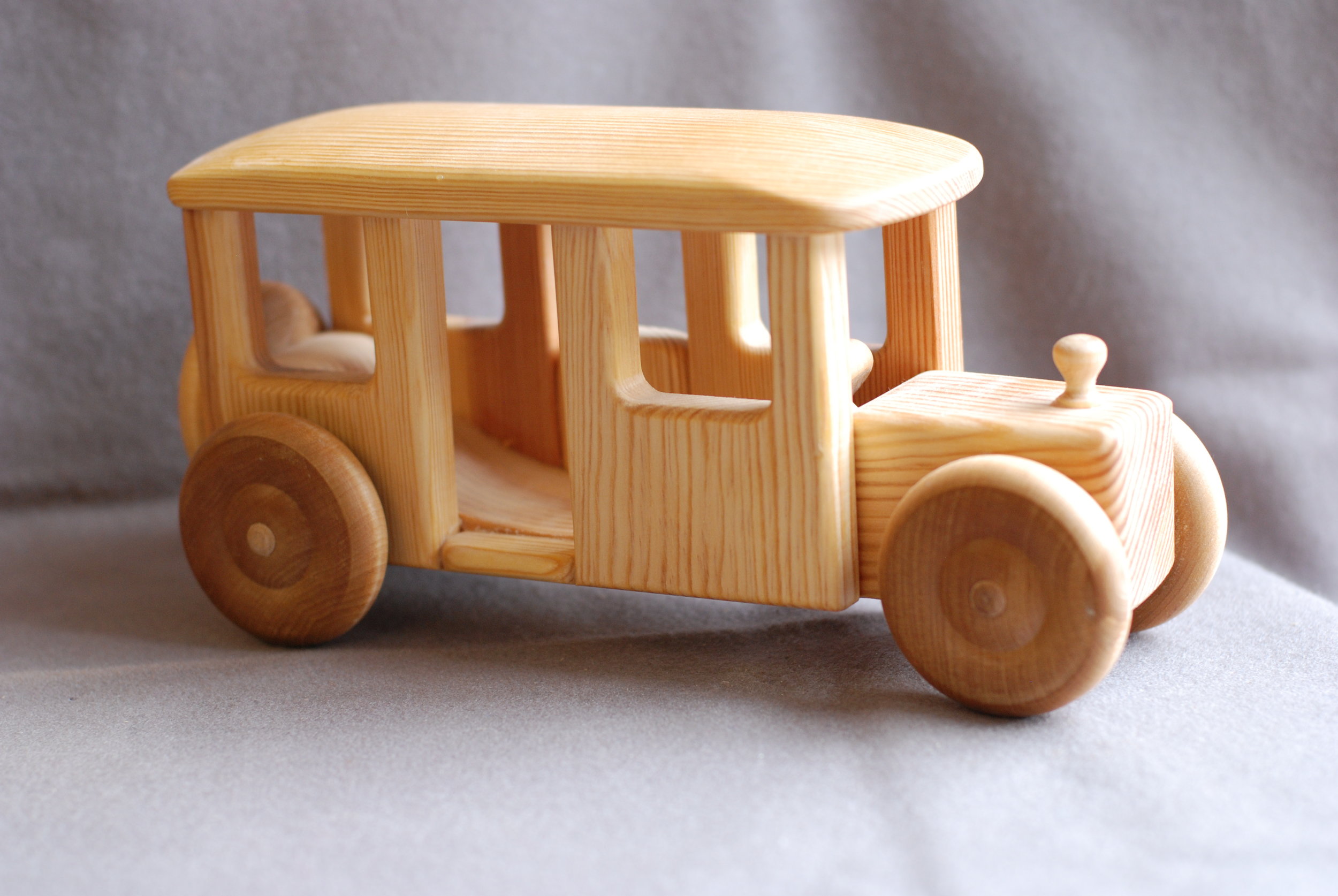Nourishing Creativity
At Bright Water Waldorf School, artistic expression and imaginative exploration are essential parts of a student’s academic, social, and physical development. Although some of the arts are taught as discrete subject classes (e.g. Orchestra, Handwork, Woodwork), art permeates every facet of learning.
The imagination is nourished, compassion is developed, and an appreciation for beauty is felt and recognized within each classroom.
““If you’ve had the experience of binding a book, knitting a sock, playing a recorder, then you feel that you can build a rocket ship or learn a software program you’ve never touched. It’s not bravado, just a quiet confidence. There is nothing you can’t do. Why couldn’t you? Why couldn’t anybody?” ”
Fine Arts
Watercolor painting, form drawing, beeswax modeling, charcoal drawing, clay sculpting and perspective drawing, – these materials and techniques are a few examples of the breadth of visual art created at BWWS. Although the technical skills are important, it is the students’ experience and capacity for self-expression and self-reflection that becomes so abundantly clear.
Color, technique, and form, are the basic elements that bring meaning to all subject matter at BWWS from history, to math and science, and foreign language, geography and language arts. The creative process is nurtured and students become capable of making connections across a variety of subjects, as well as developing the ability to visualize, to perceive and to distinguish.
Music
Beginning in the early childhood classes, circle time and group songs connect the children with rhythm, melody, and pitch. Students rise into the early grades with flute and lyre playing. Formal subject classes for music instruction start in the fourth grade with Strings. The middle school offers either a continuation of Strings class or Band as students venture into more complex arrangements and playing together in ensembles.
Theater
Every grade school class takes on a yearly production to perform for the school community, giving the class teacher many opportunities to build on the social strength of the class. The class play aids in developing skill and capacity in the students, strengthening the sense of interdependence in the class and highlighting the creativity of the class through drama.
Music, singing and movement are always incorporated into the production and offer more variety of roles. Rehearsals and performances give students an exhilarating opportunity to portray characters, build props, design sets, memorize lines, and collaborate together with a shared storytelling vision.
Handwork
Students begin their journey of handwork with simple knitting. The rhythmic and repetitive activity of knitting develops concentration, strengthens small motor skills/hand-eye coordination, and brings a sense of calm and well-being to the student.
Students learn to plan ahead, work step by step, and sequence steps. They learn to envision a project- whole to parts, then parts to whole. All of these skills are carried over into math, reading, spelling, and writing. Number skills are essential to all types of handwork — knitting, crocheting, sewing, and cross stitch. How many stitches did you cast on? Did you lose any? How far apart are your running stitches? How much do you add to this pattern for your seam allowance? Developing and strengthening reading skills is enhanced by the eye tracking inherent in handwork. With the simple act of following a stitch from one knitting needle to the other or creating a mirror image pattern on a cross stitch bookmark, students visually track left to right just as they will when learning to read.
At Bright Water, handwork begins in the early childhood program and continues throughout the grades, increasing in difficulty as is developmentally appropriate. This includes, but is not limited to, knitting, crocheting, hand sewing, embroidery, cross stitch, wet felting, paper crafts, and machine sewing. Although taught as a specific subject, it is intentional as it permeates the other aspects of the curriculum. Projects range from flute cases to crocheted hats, hand warmers to marionettes.
Woodworking
In the fifth grade, students begin woodworking, promoting both their dexterity and skill. In addition, the rhythmically repeated movements and exercises using the hands help to strengthen the will and the capacity for logical thinking. Woodworking lessons have a practical purpose and awaken a social awareness for the work of other people. Respect for the source of material is the first stage of individual responsibility for the environment and resourcefulness.
Students begin by carving eggs out of soft basswood. This first project gives them a sense of a convex shape as they learn to work three-dimensionally. By sixth grade, the projects become more practical in nature as they have the choice to carve either large kitchen spoons or small bowls.
As with all subjects in a Waldorf curriculum, woodworking in the seventh and eighth grade uses concepts from their academic subjects to make a physical representation of their studies. Physics in seventh grade includes an introduction to mechanics. In woodworking, students apply what they have learned by making a movable toy of their choice. Standard patterns are provided, but some students will choose to improvise a pattern of a toy from their imagination. Finally, in eighth grade, with their longing to make connections, students build boxes that have sides and bottoms with snug joints. After finishing a practice box, they move on to choosing a hardwood to create their final project.
“Our task is to find teaching methods that continually engage the whole human being. We would not succeed in this endeavor if we failed to concentrate on developing the human sense of art.”
